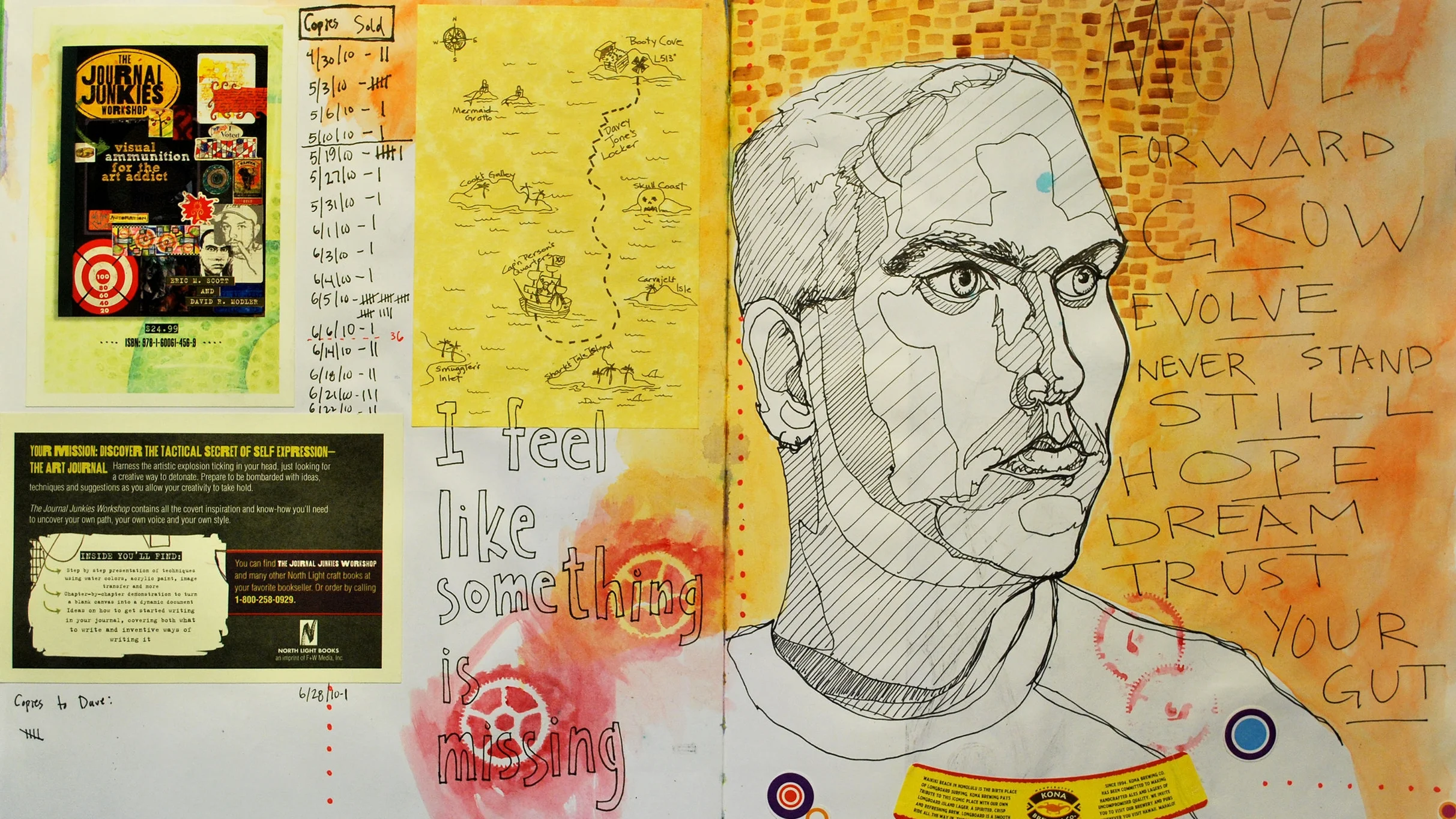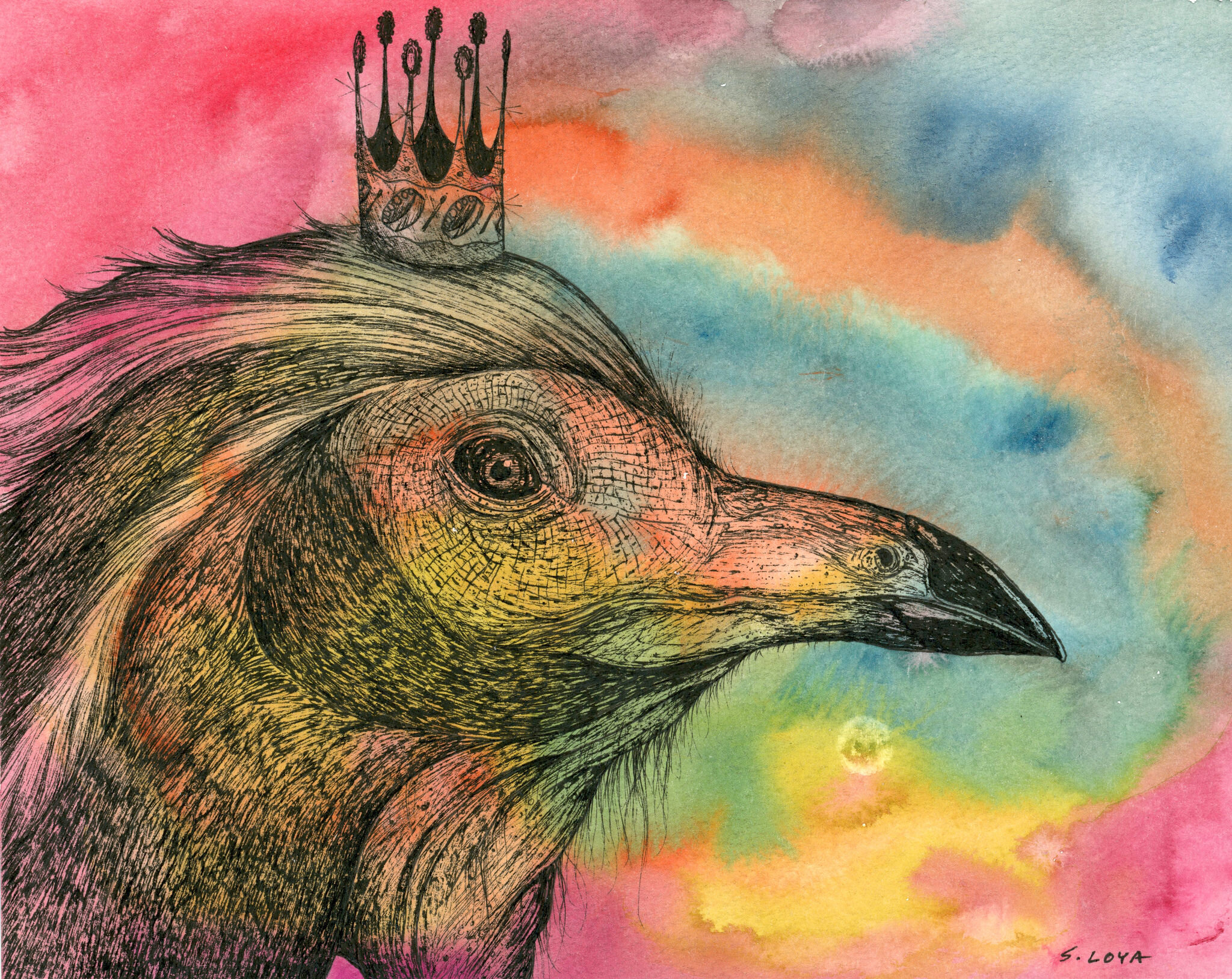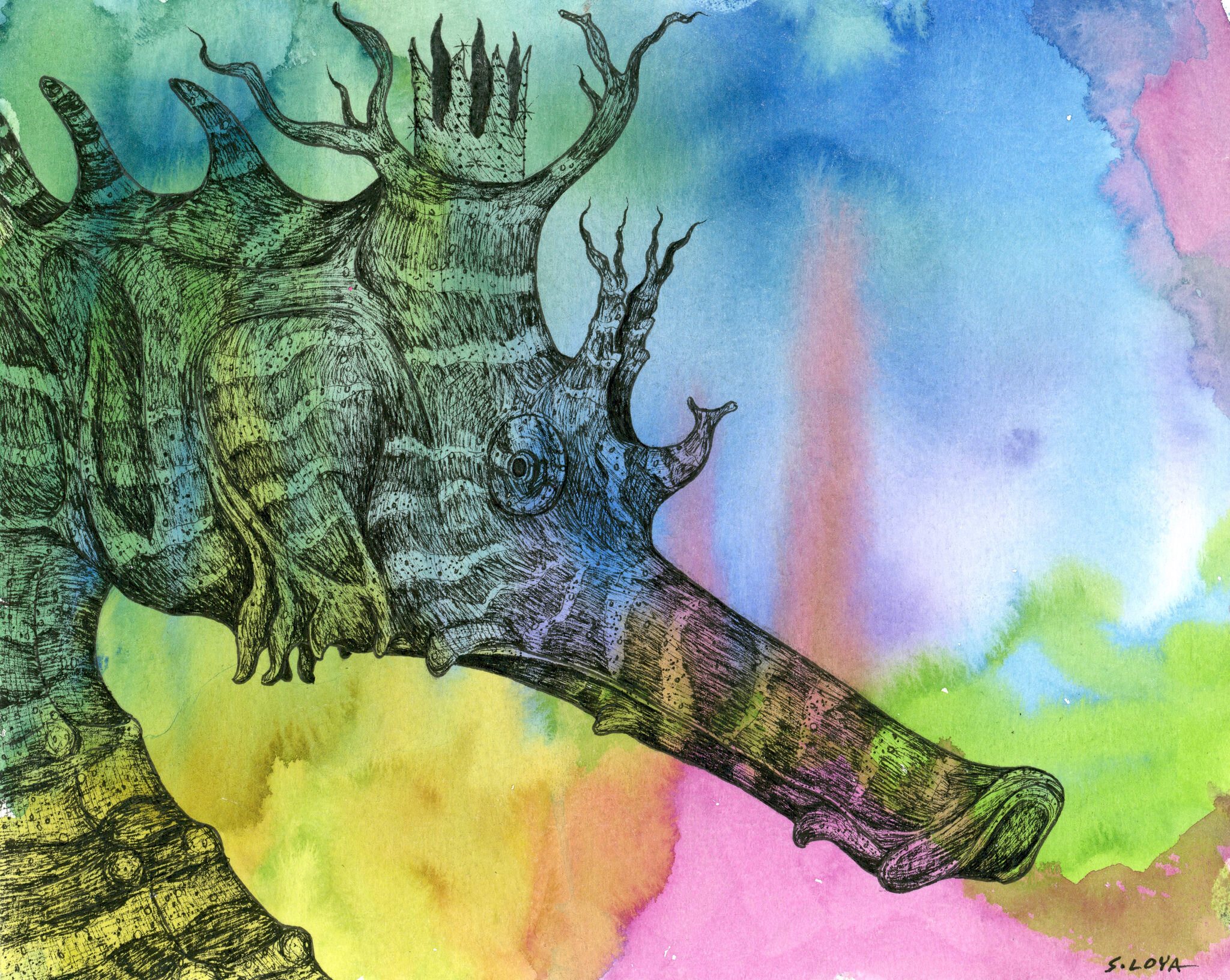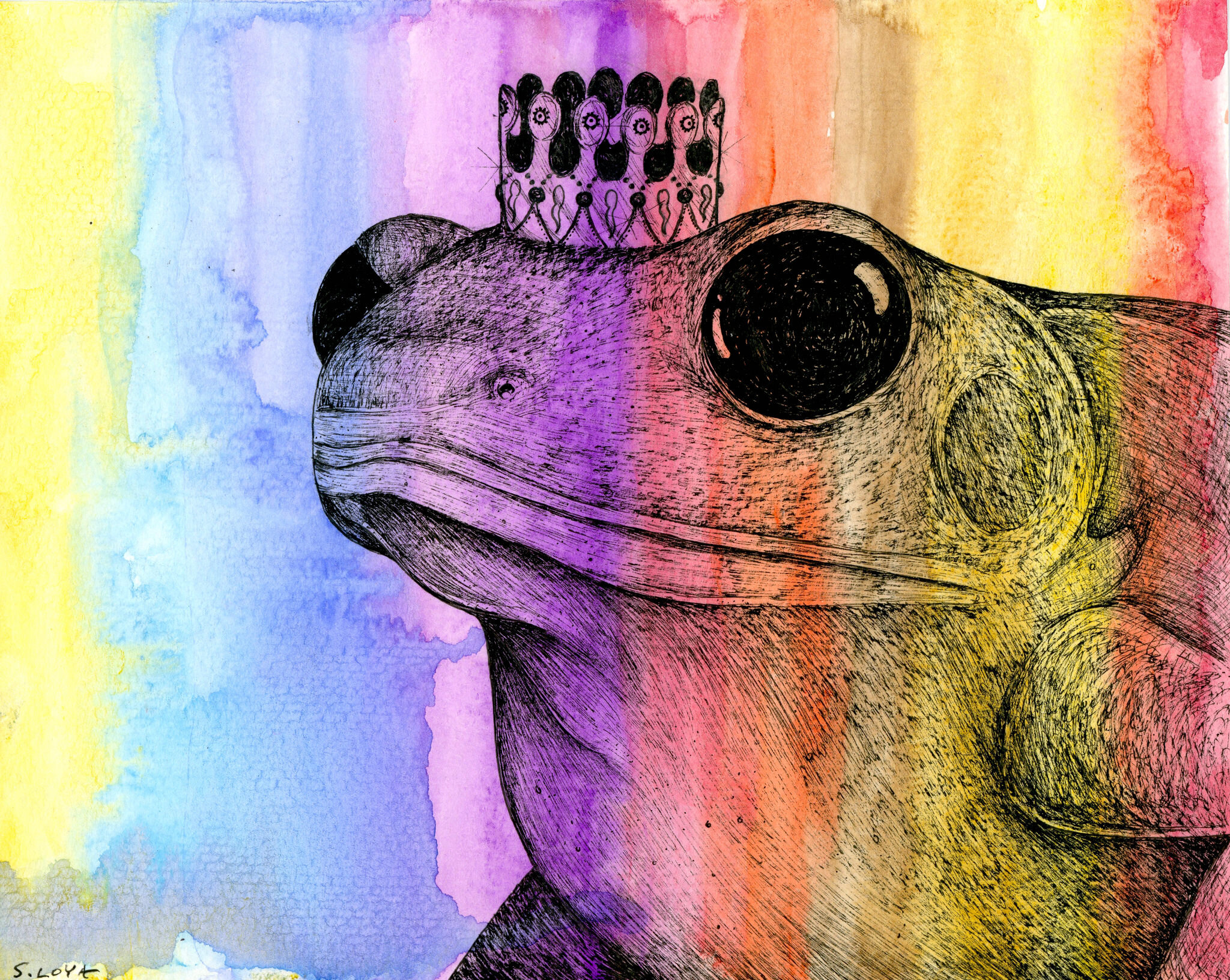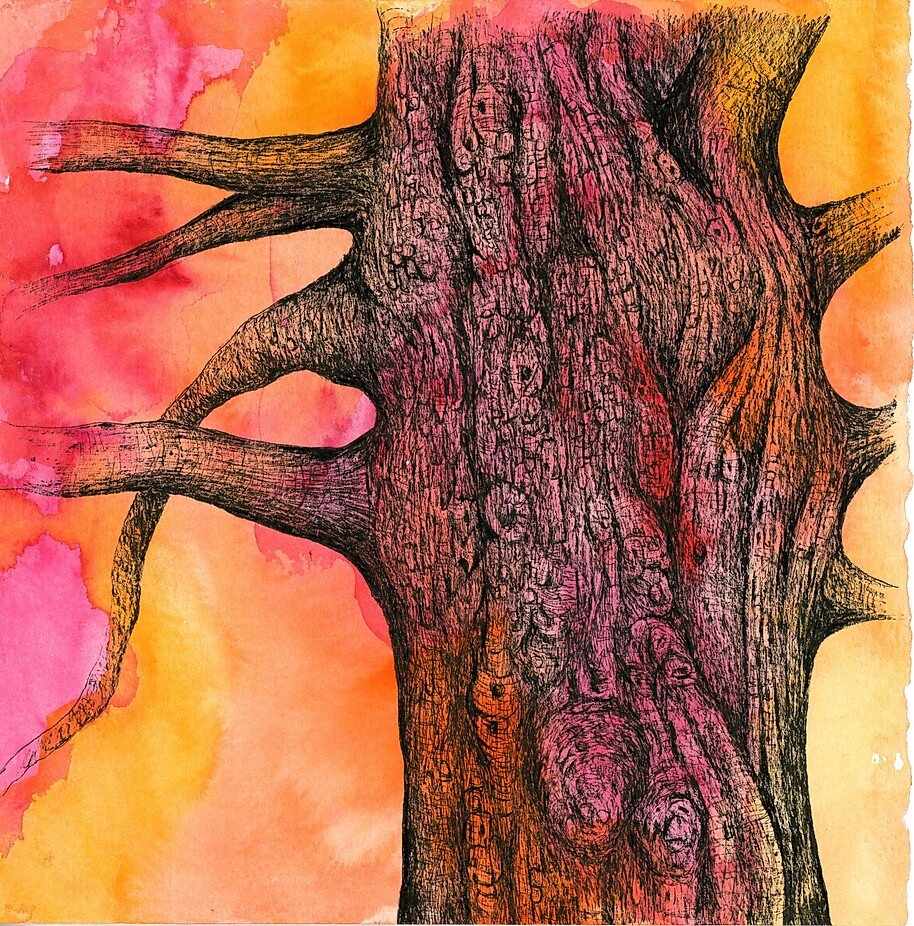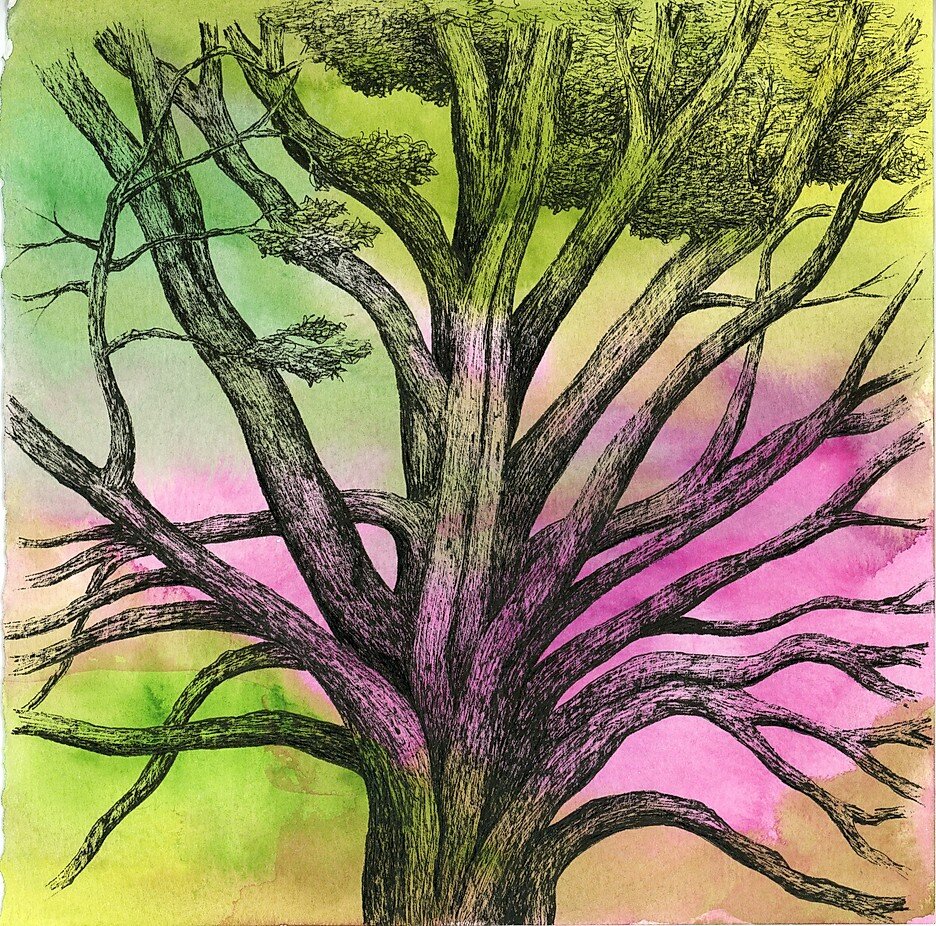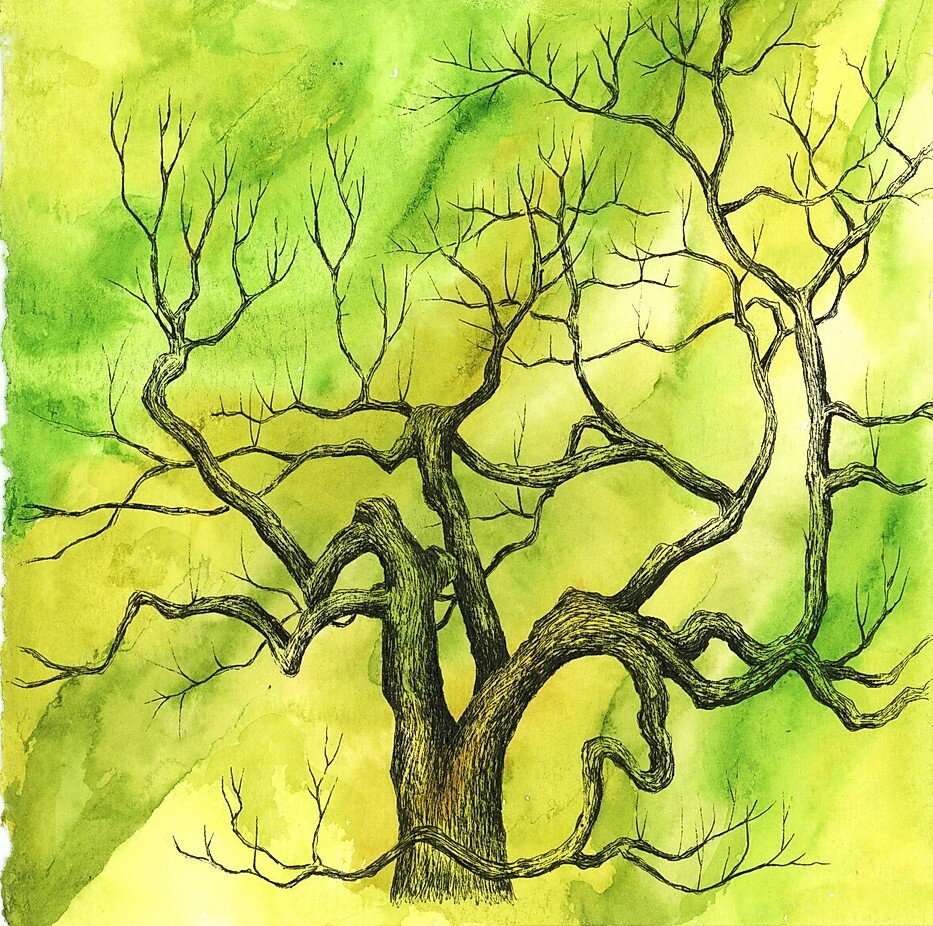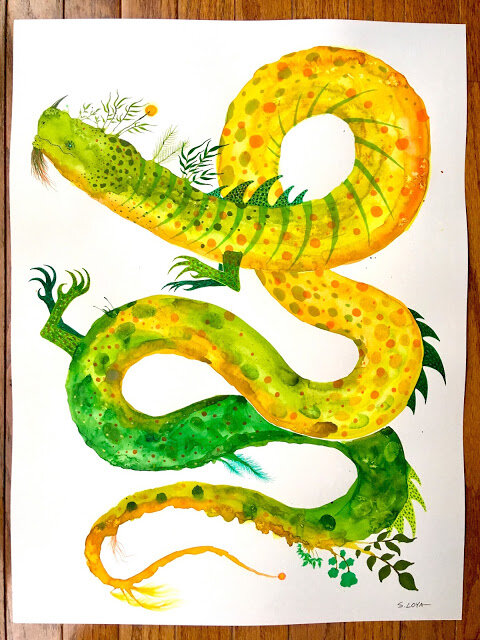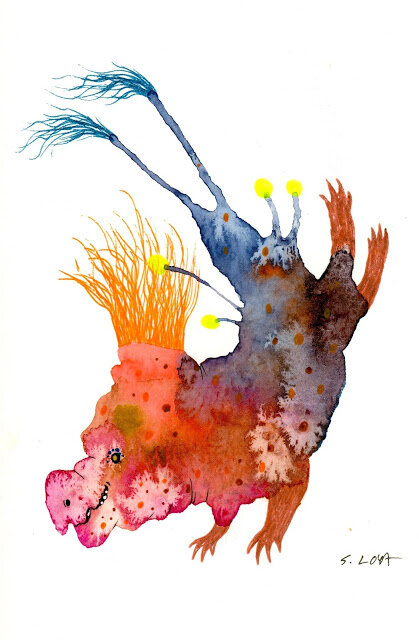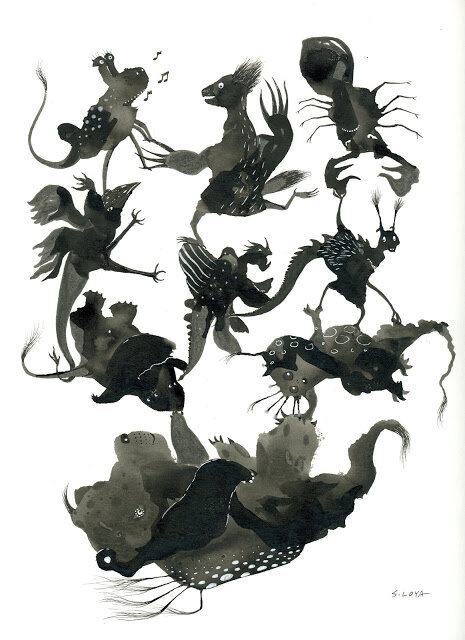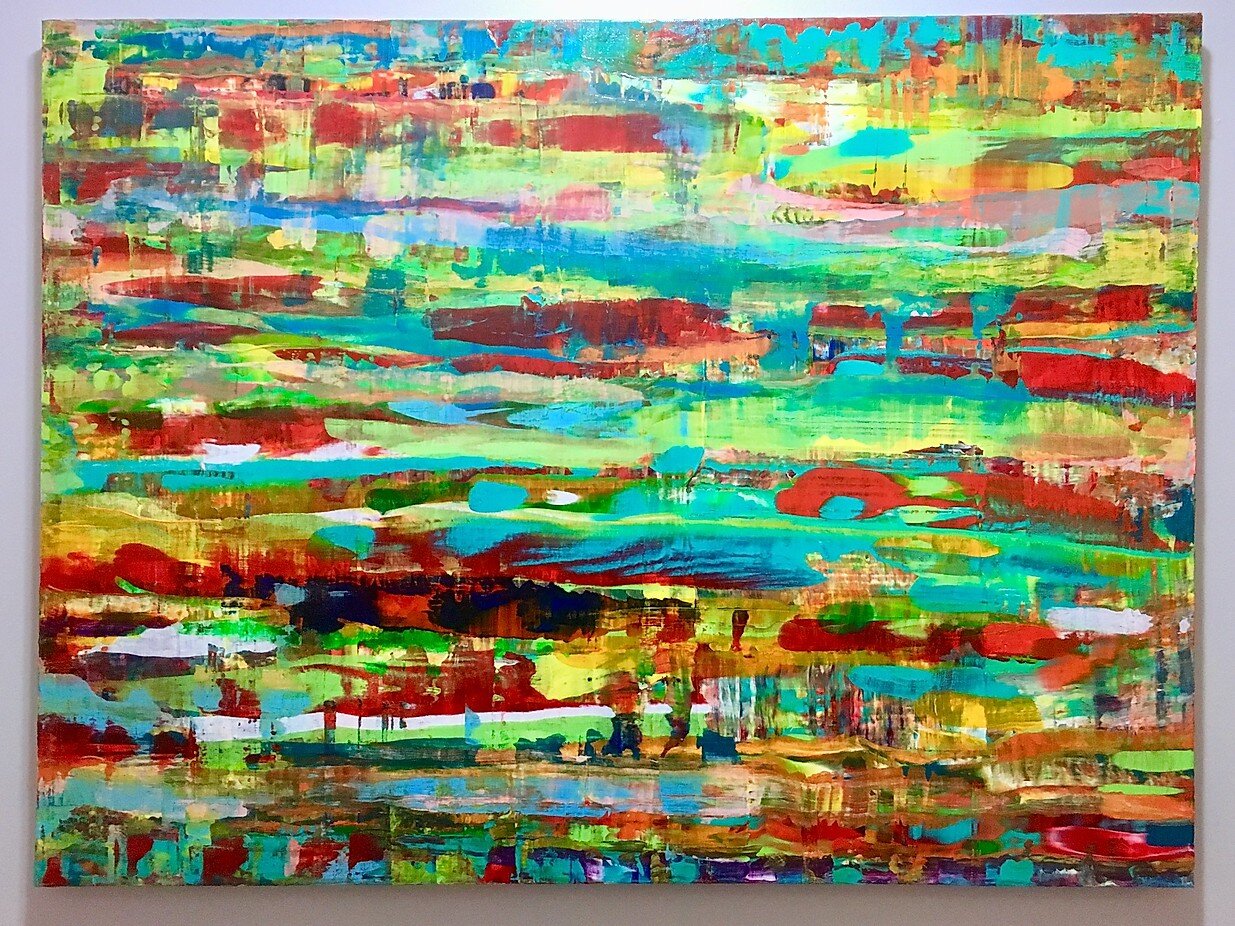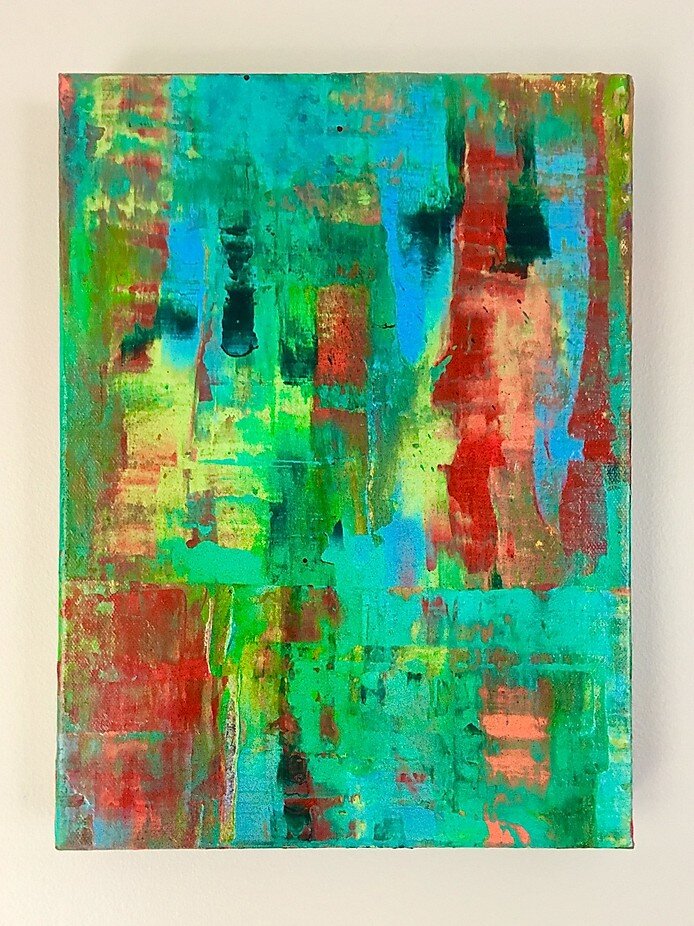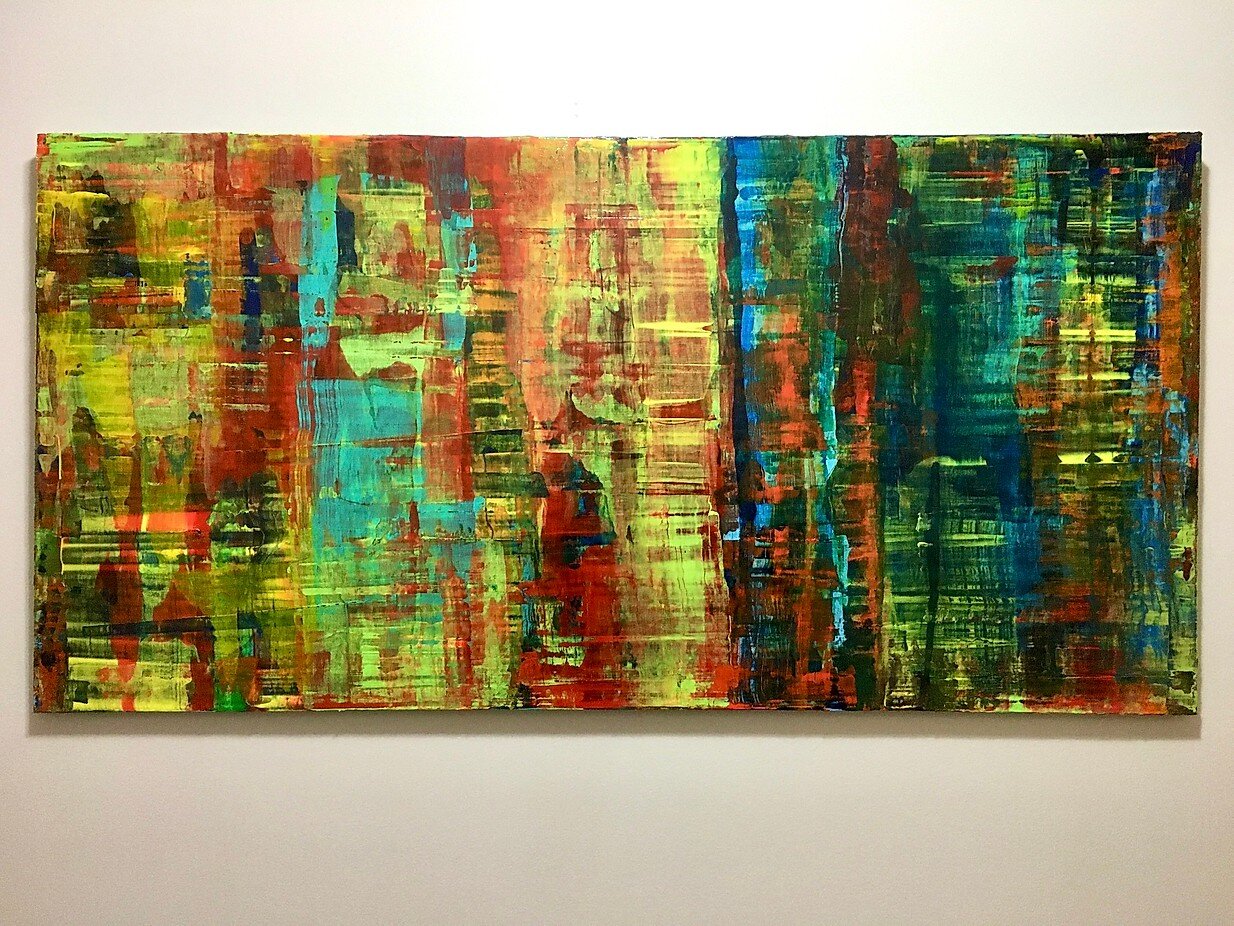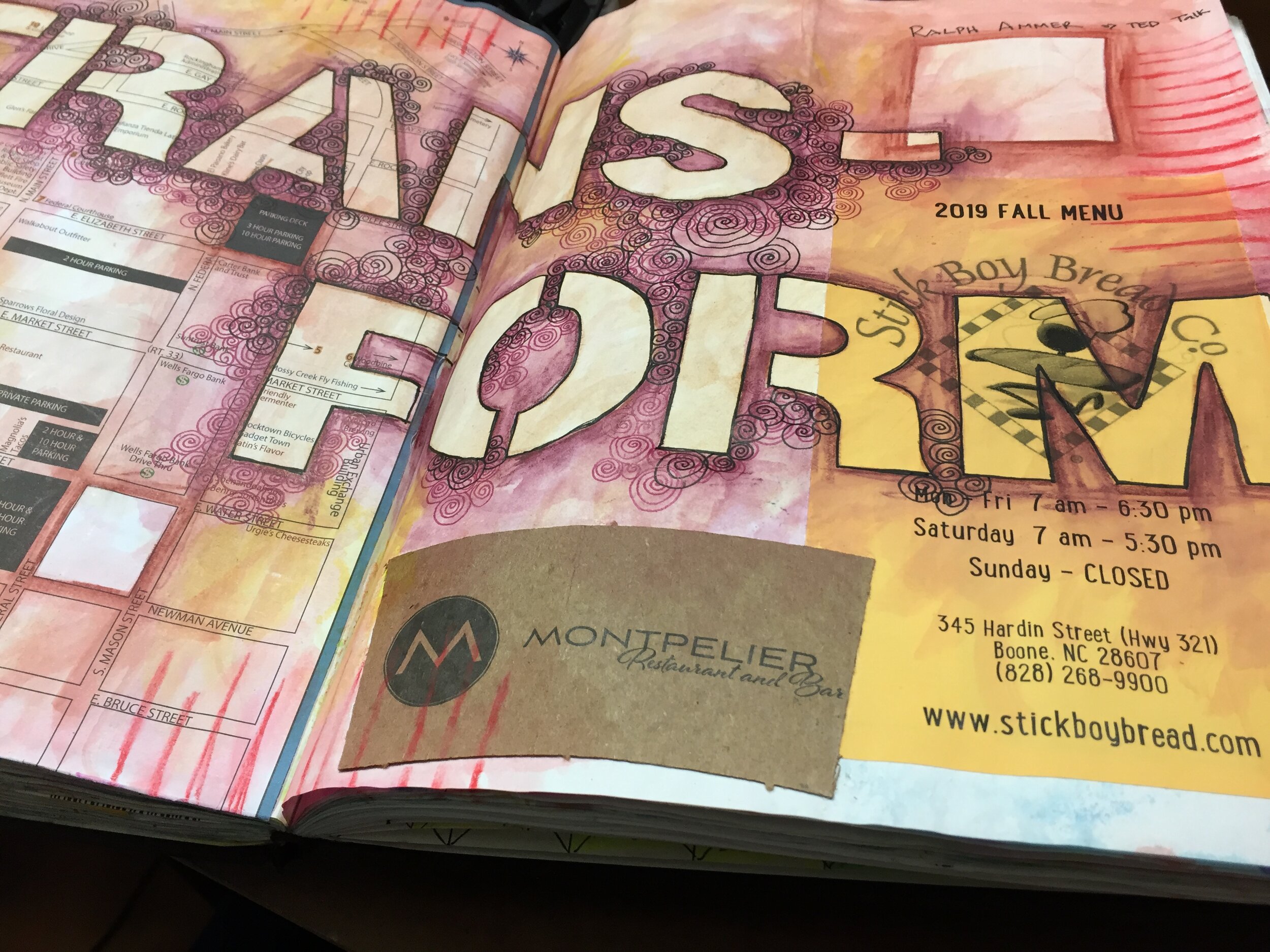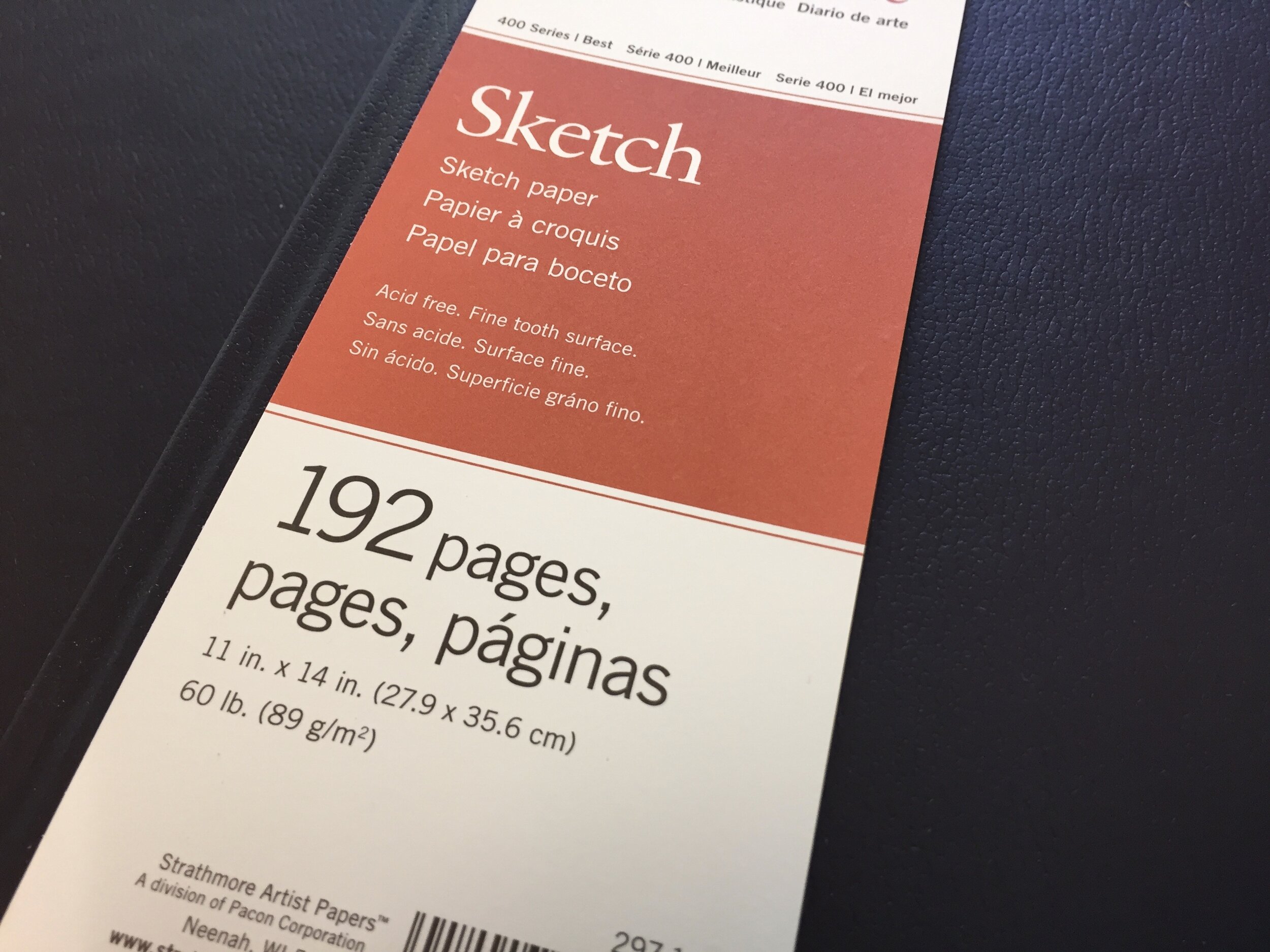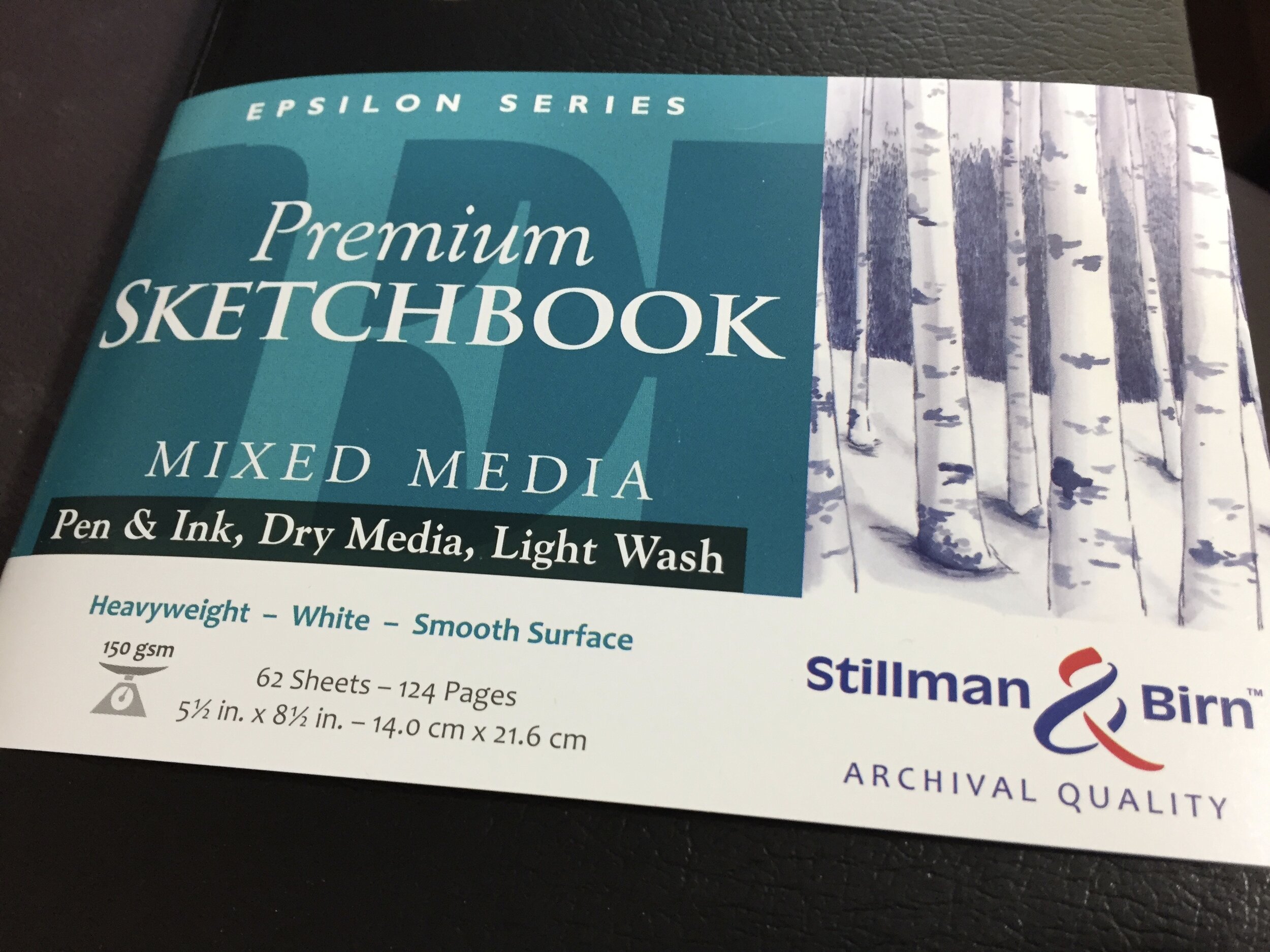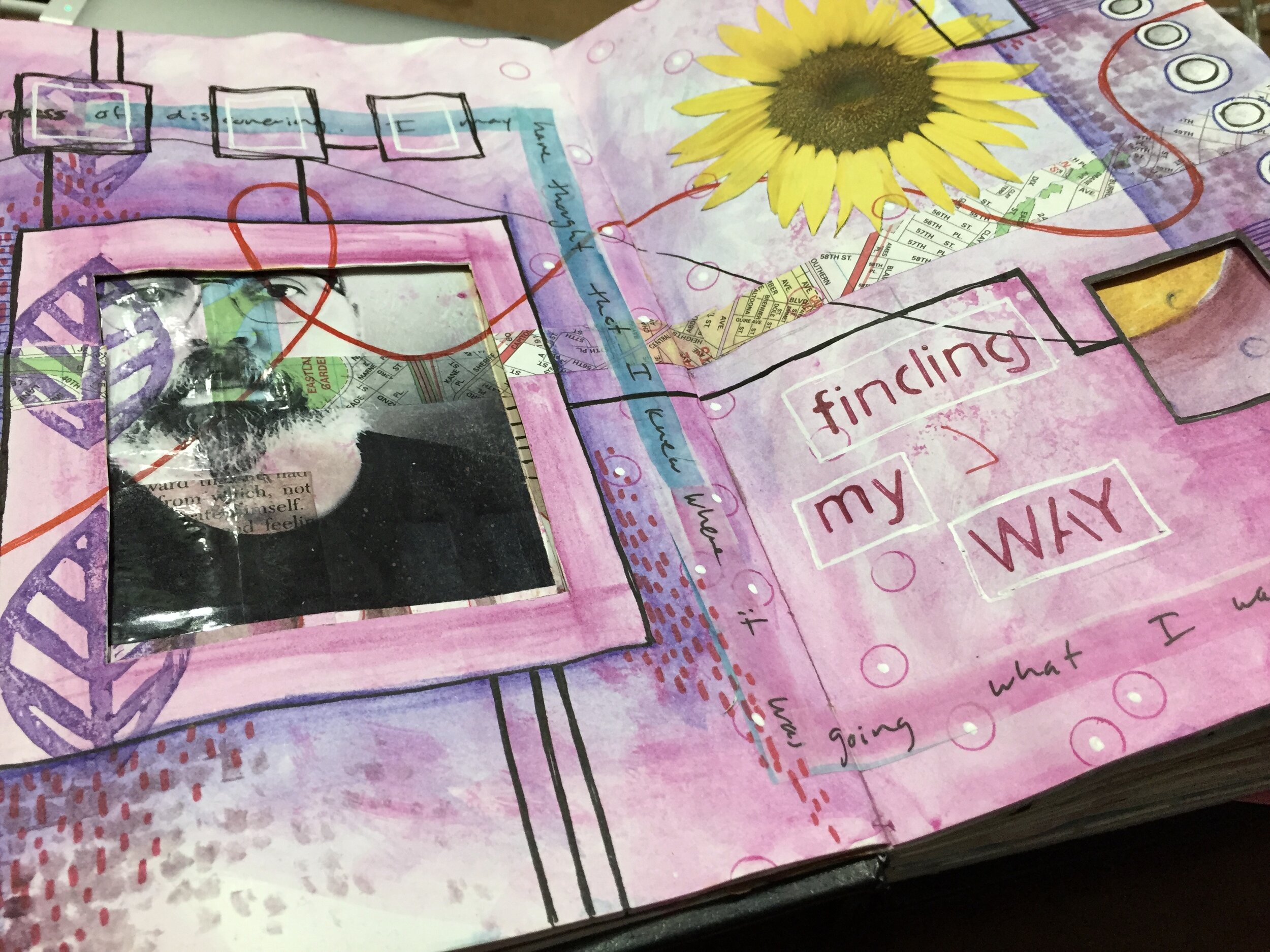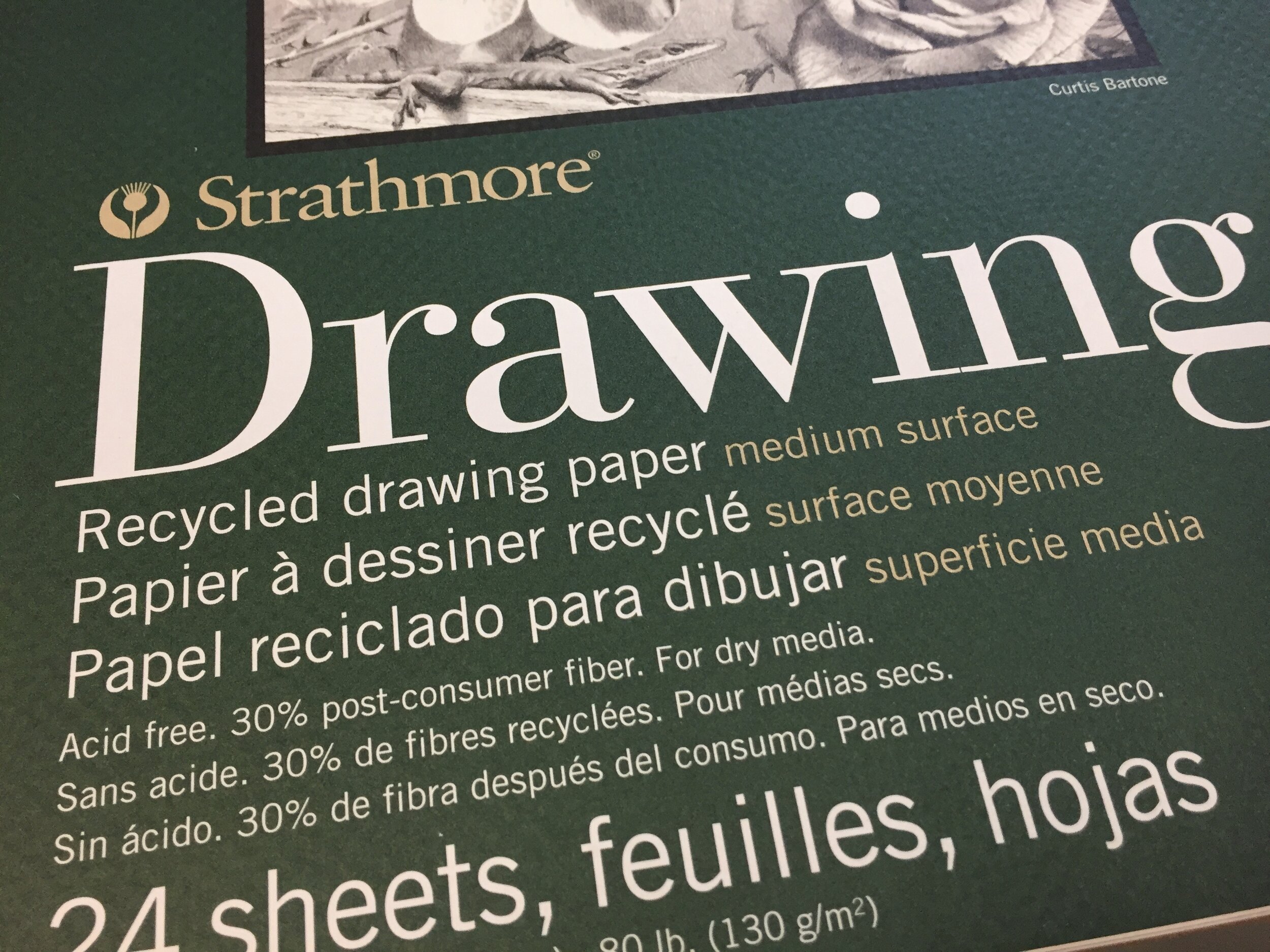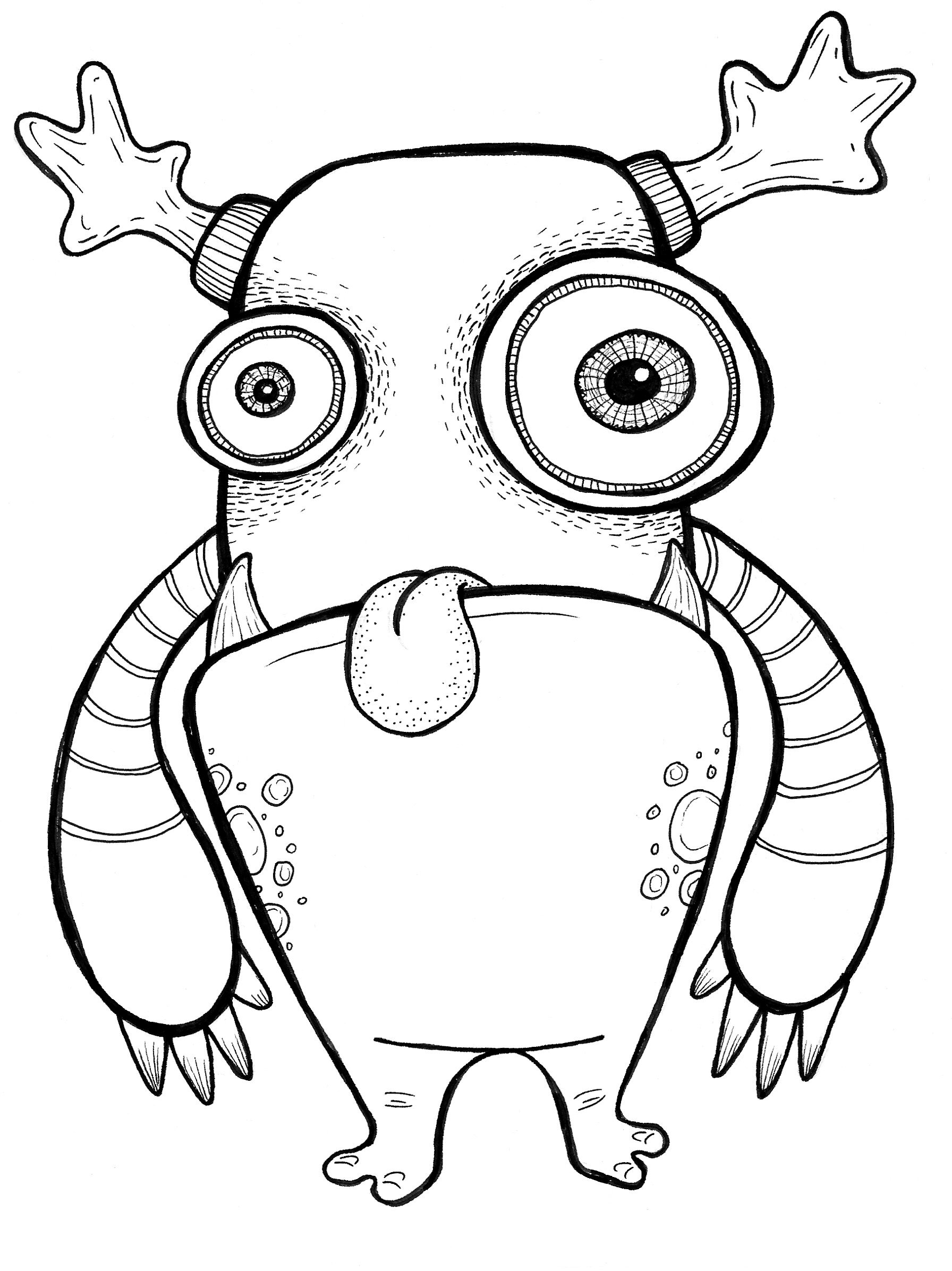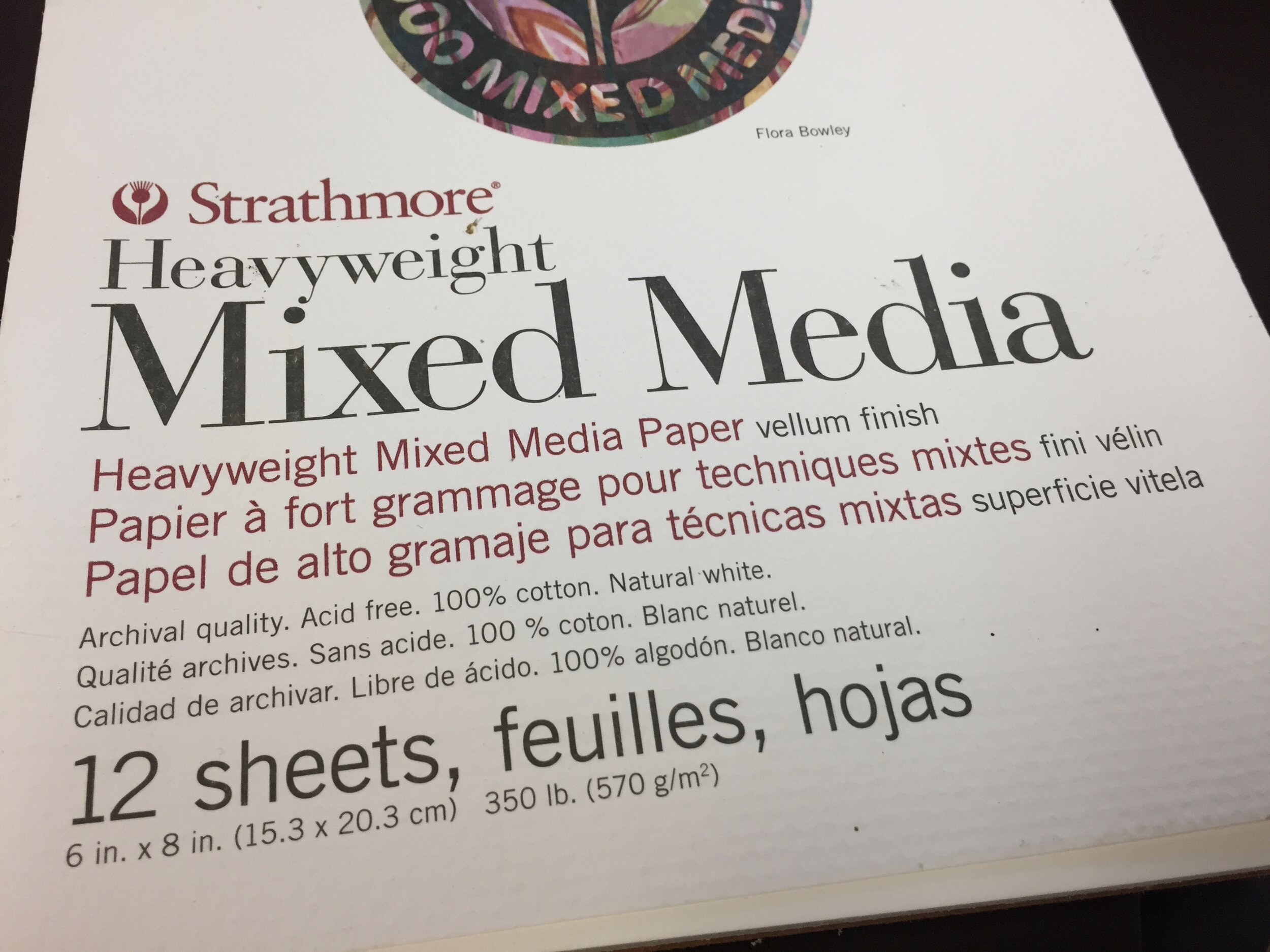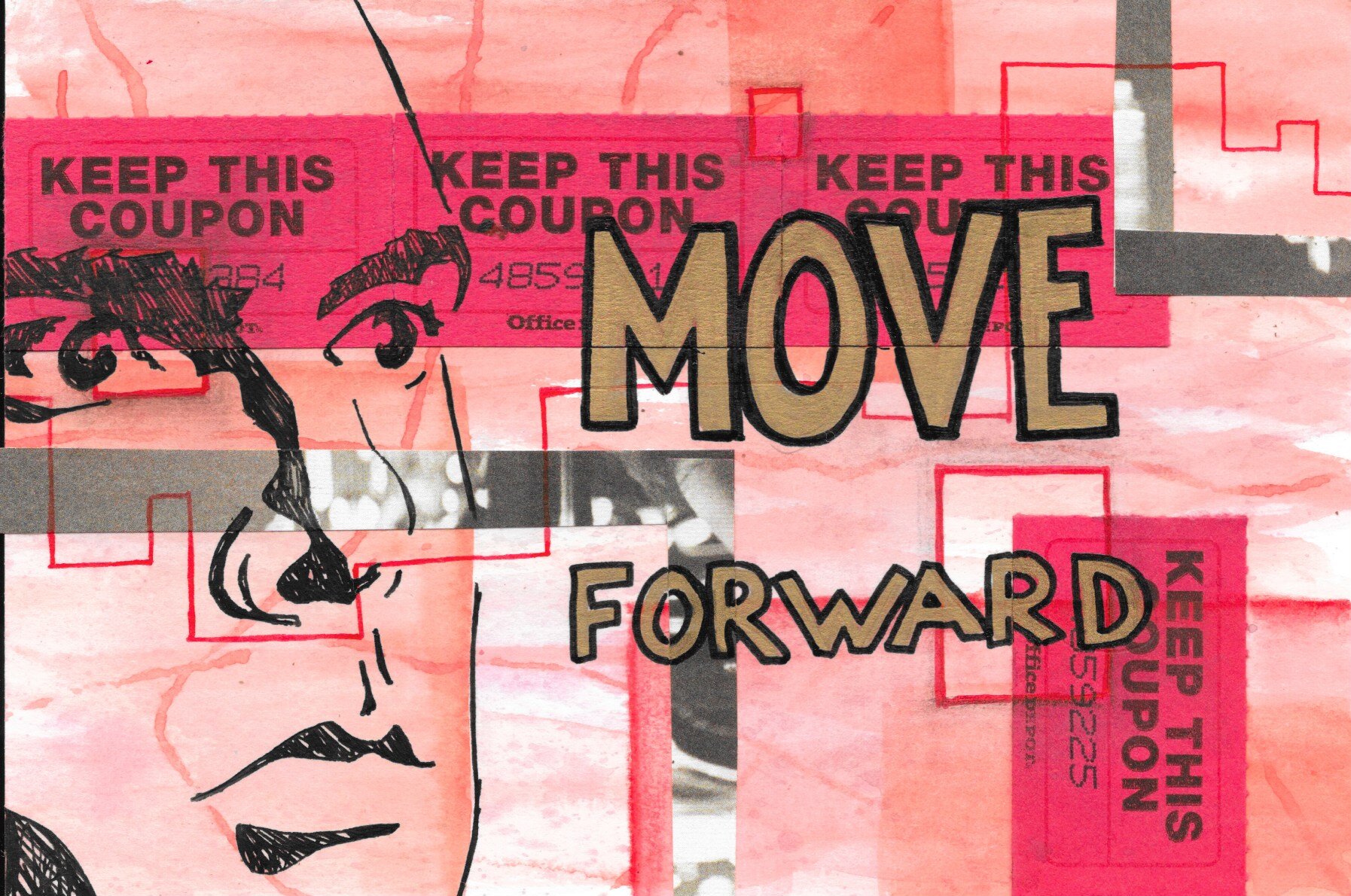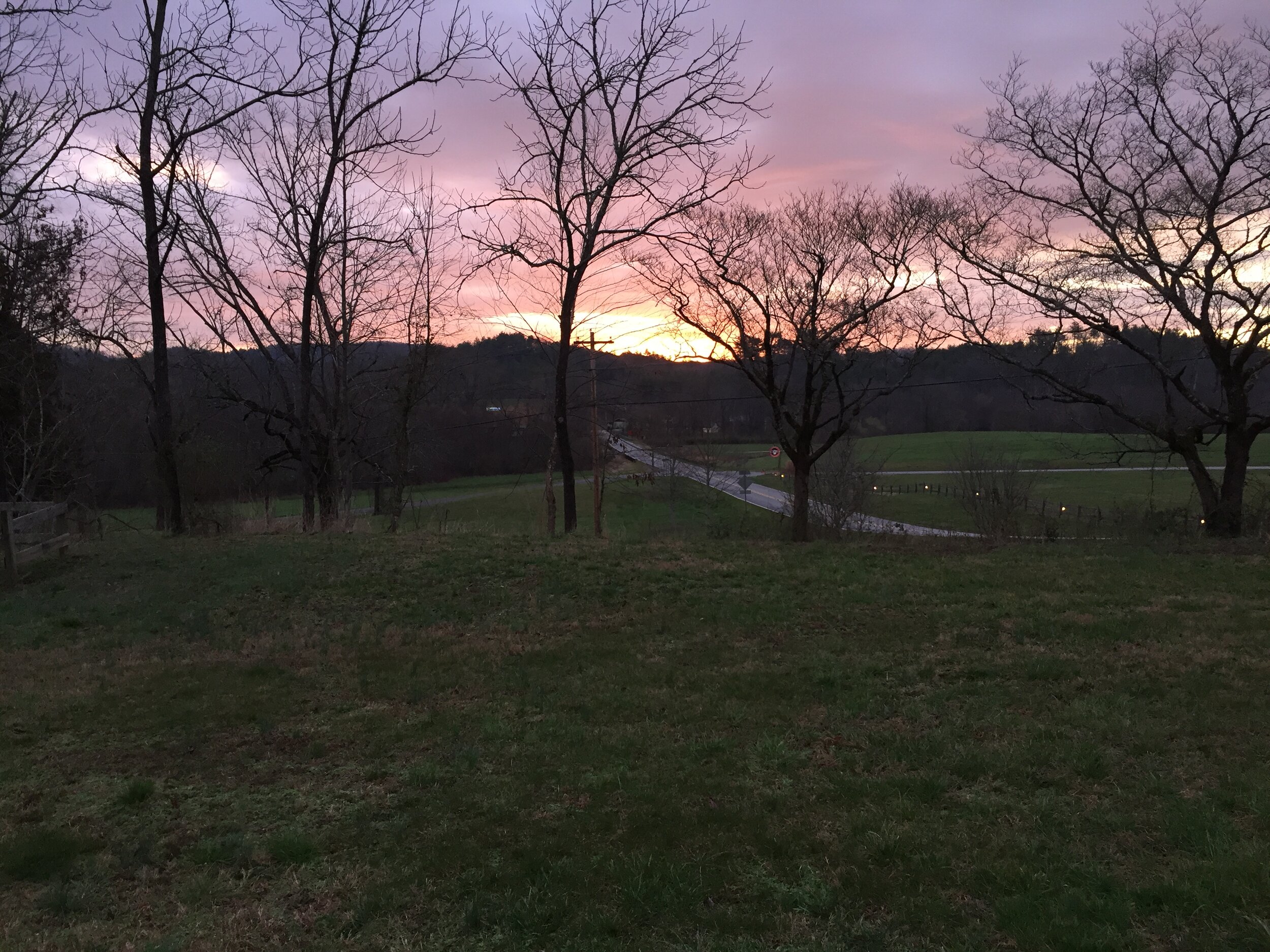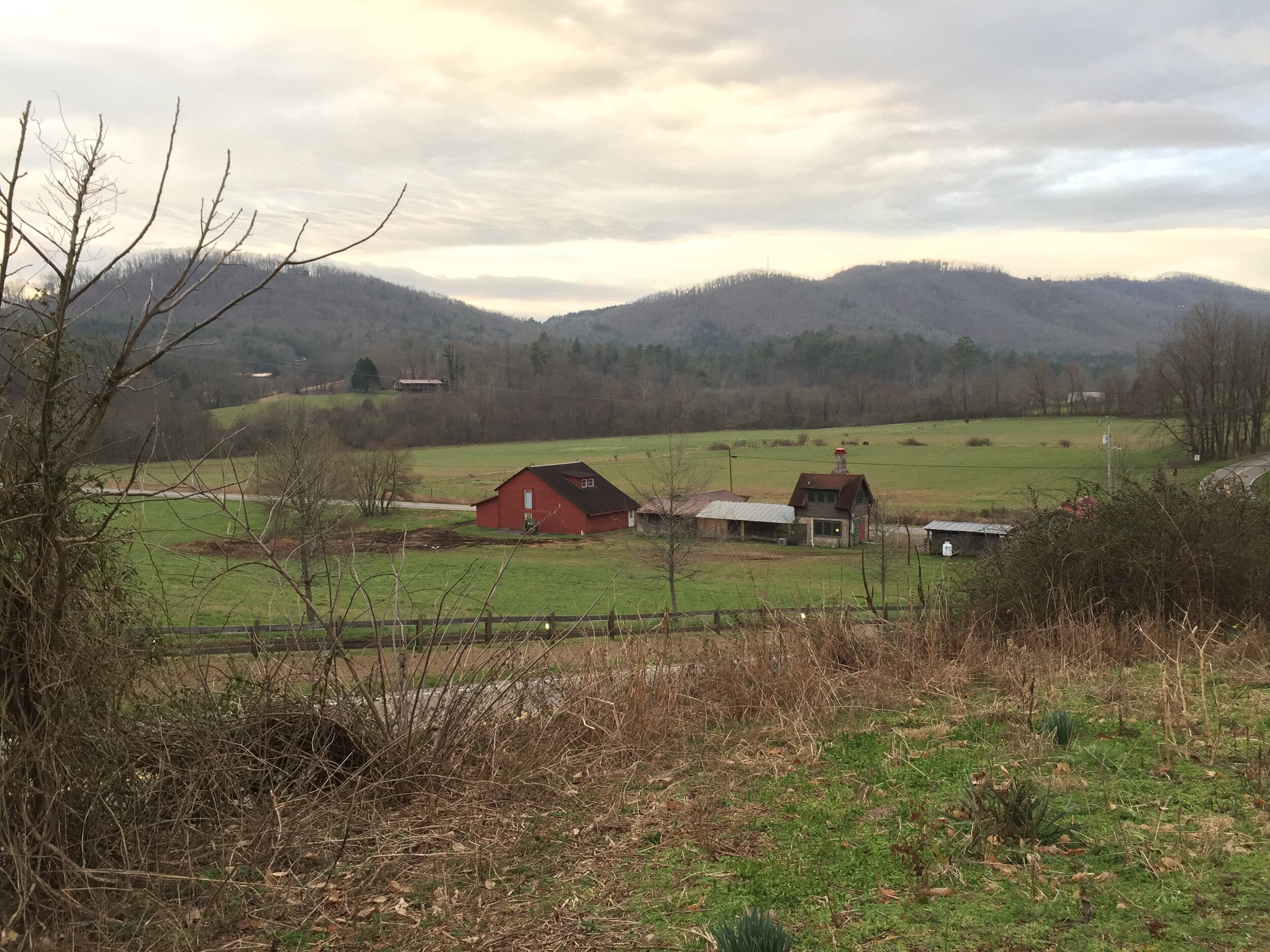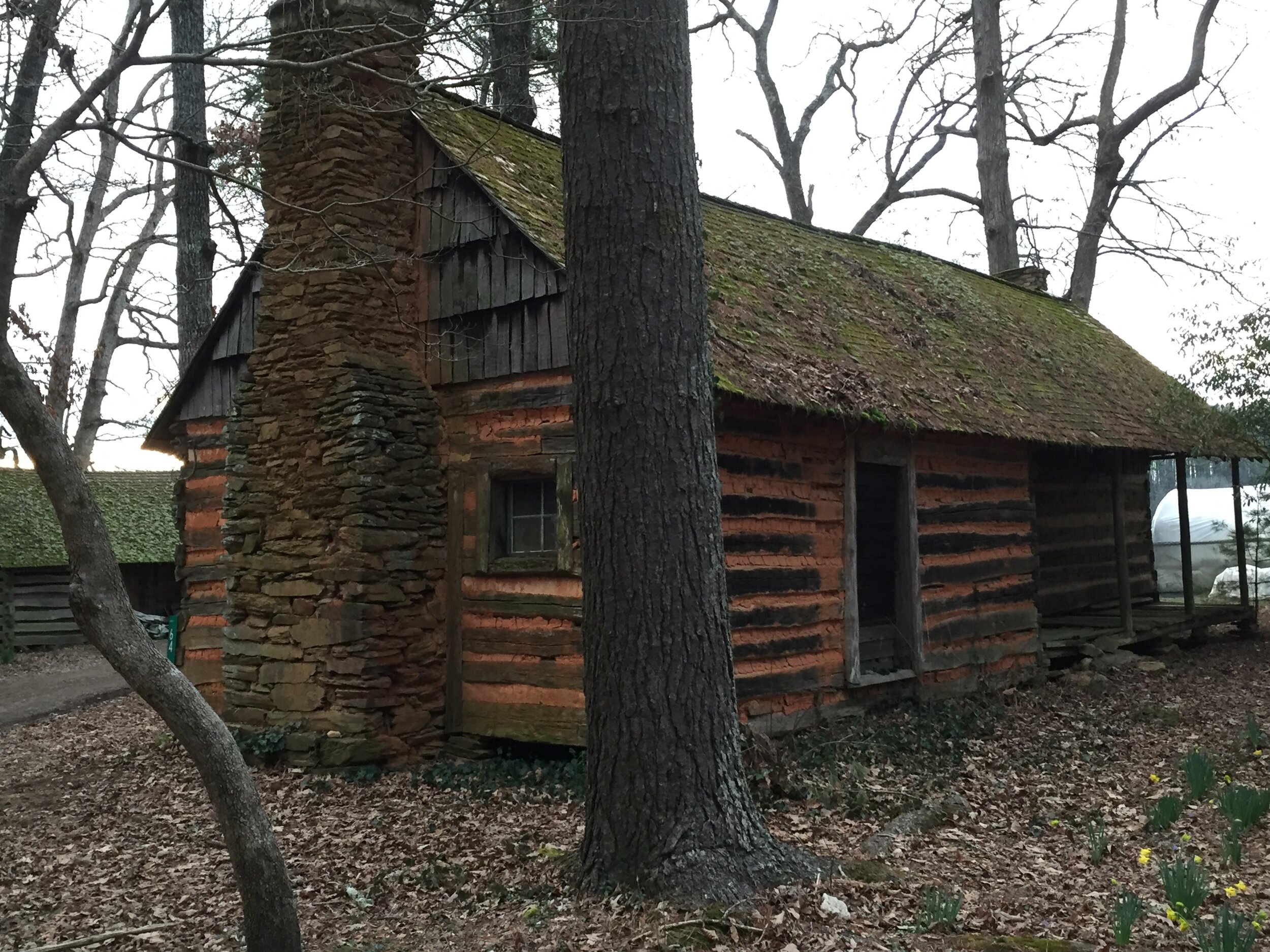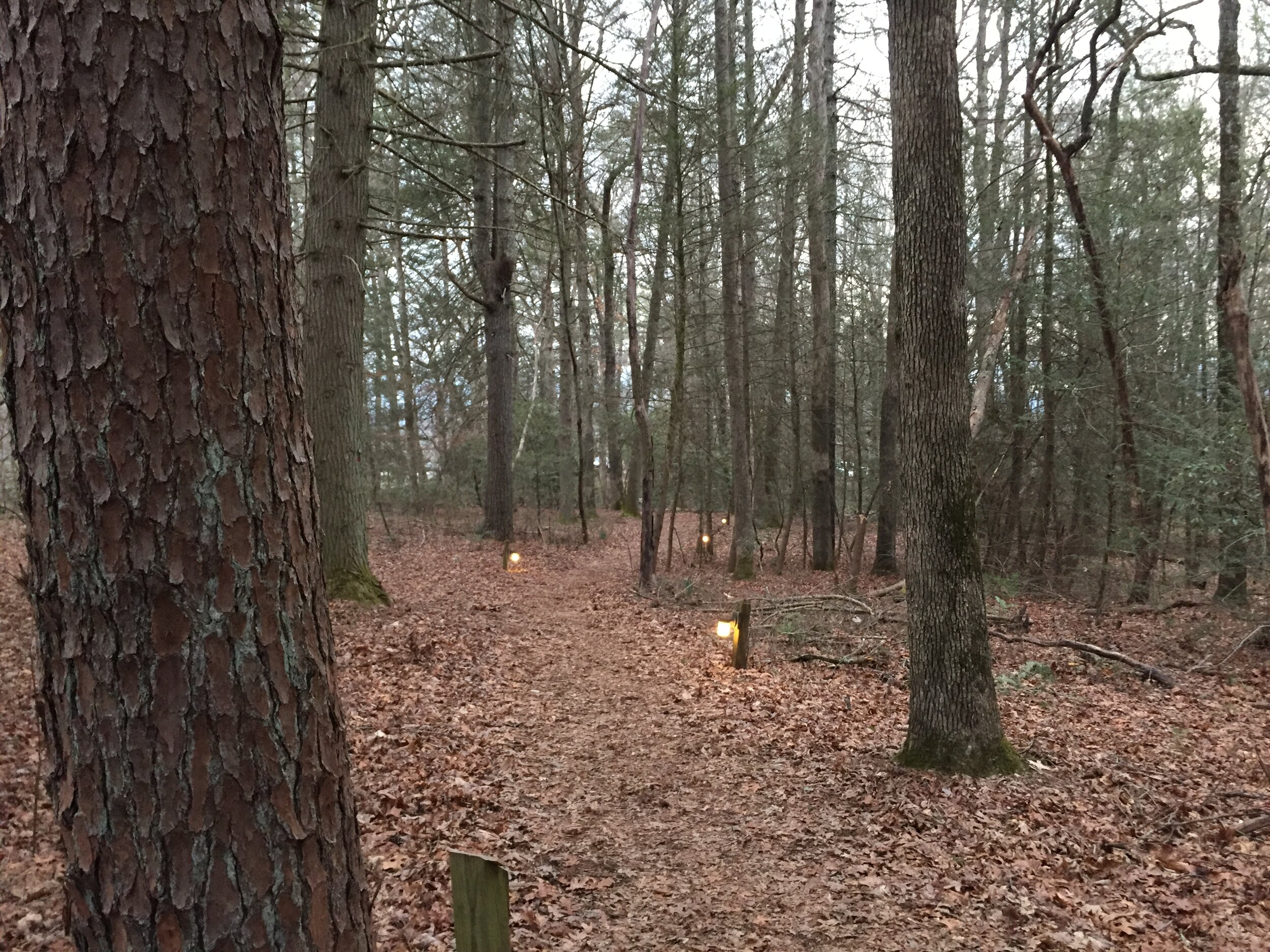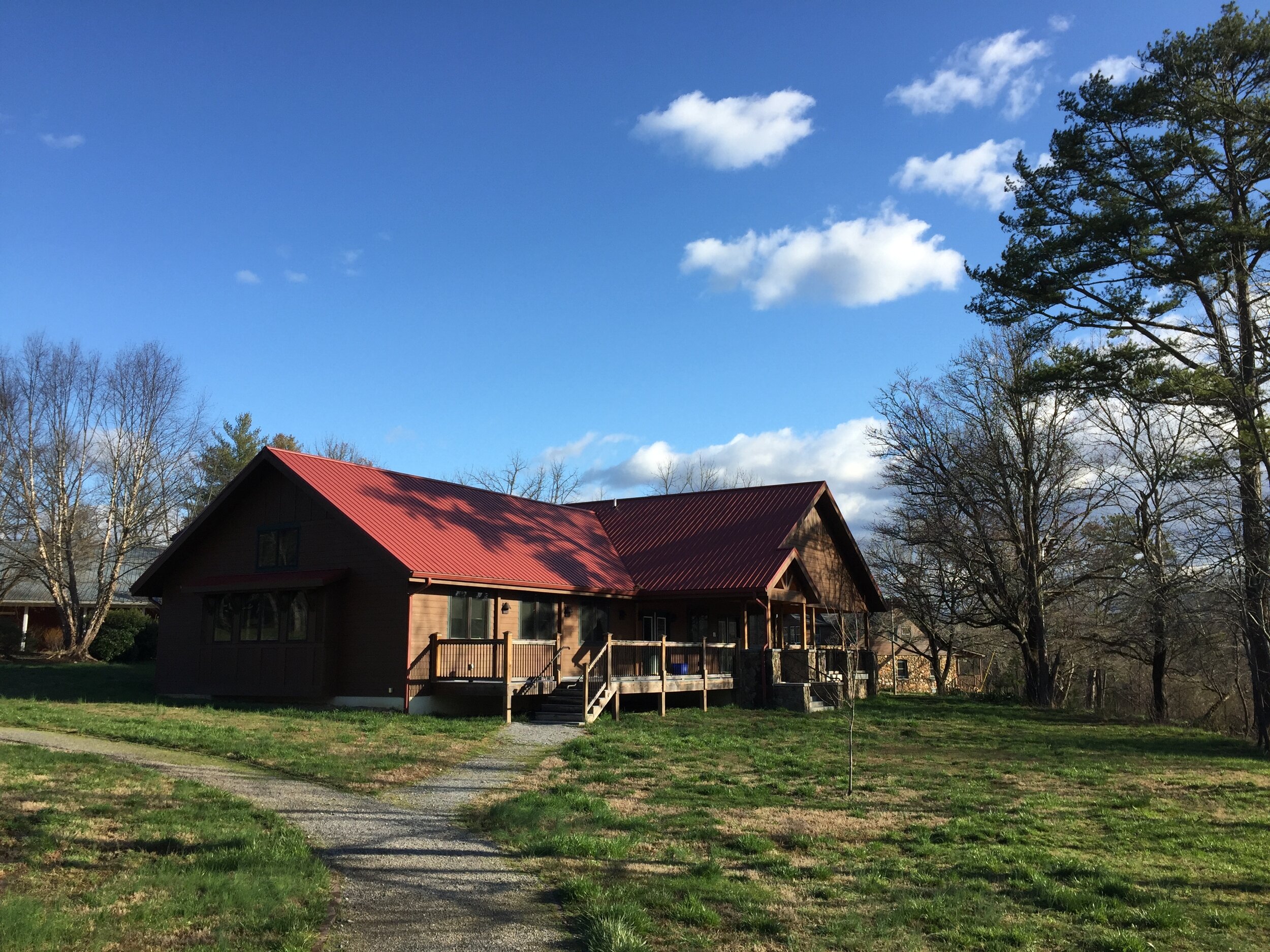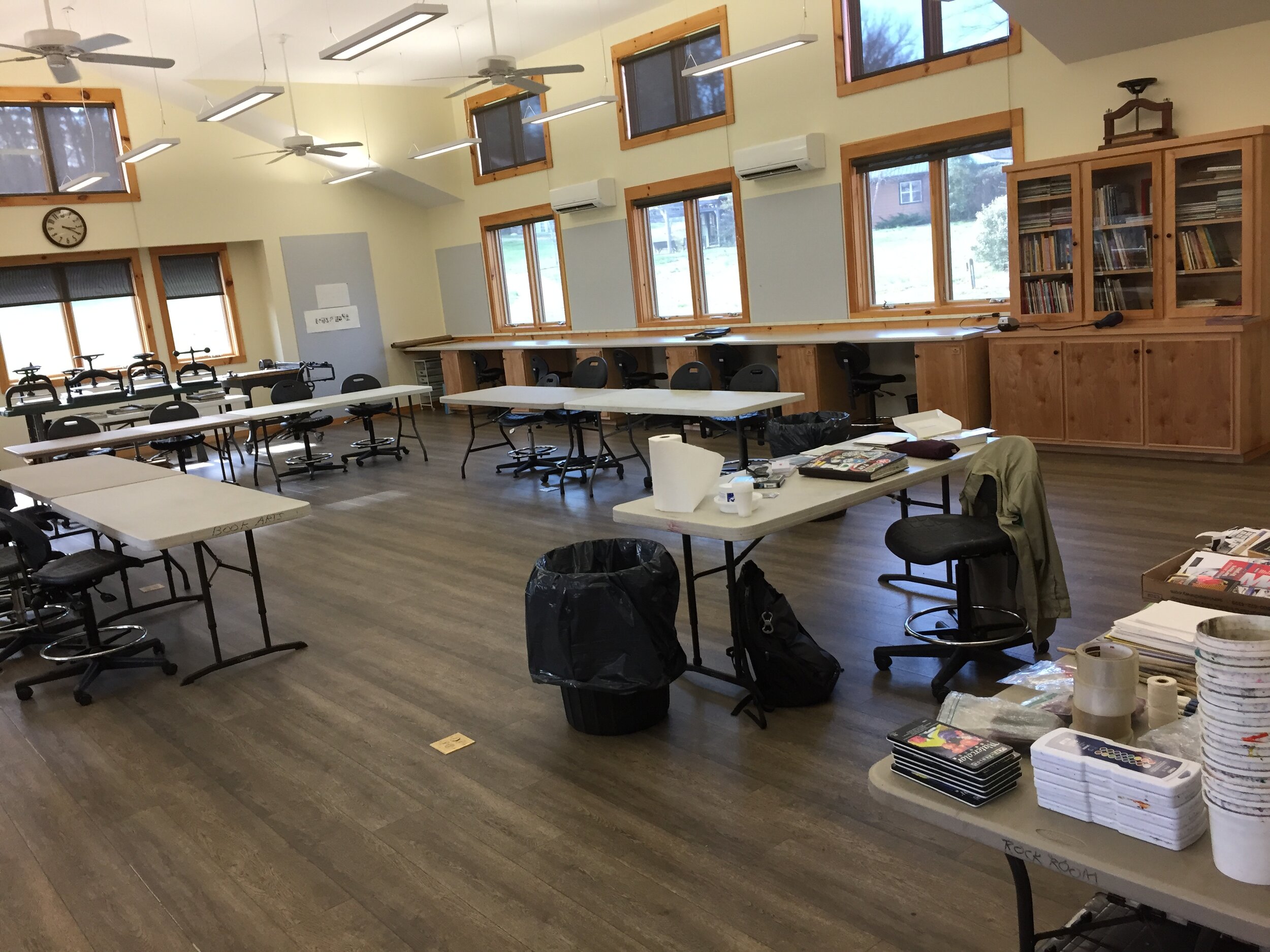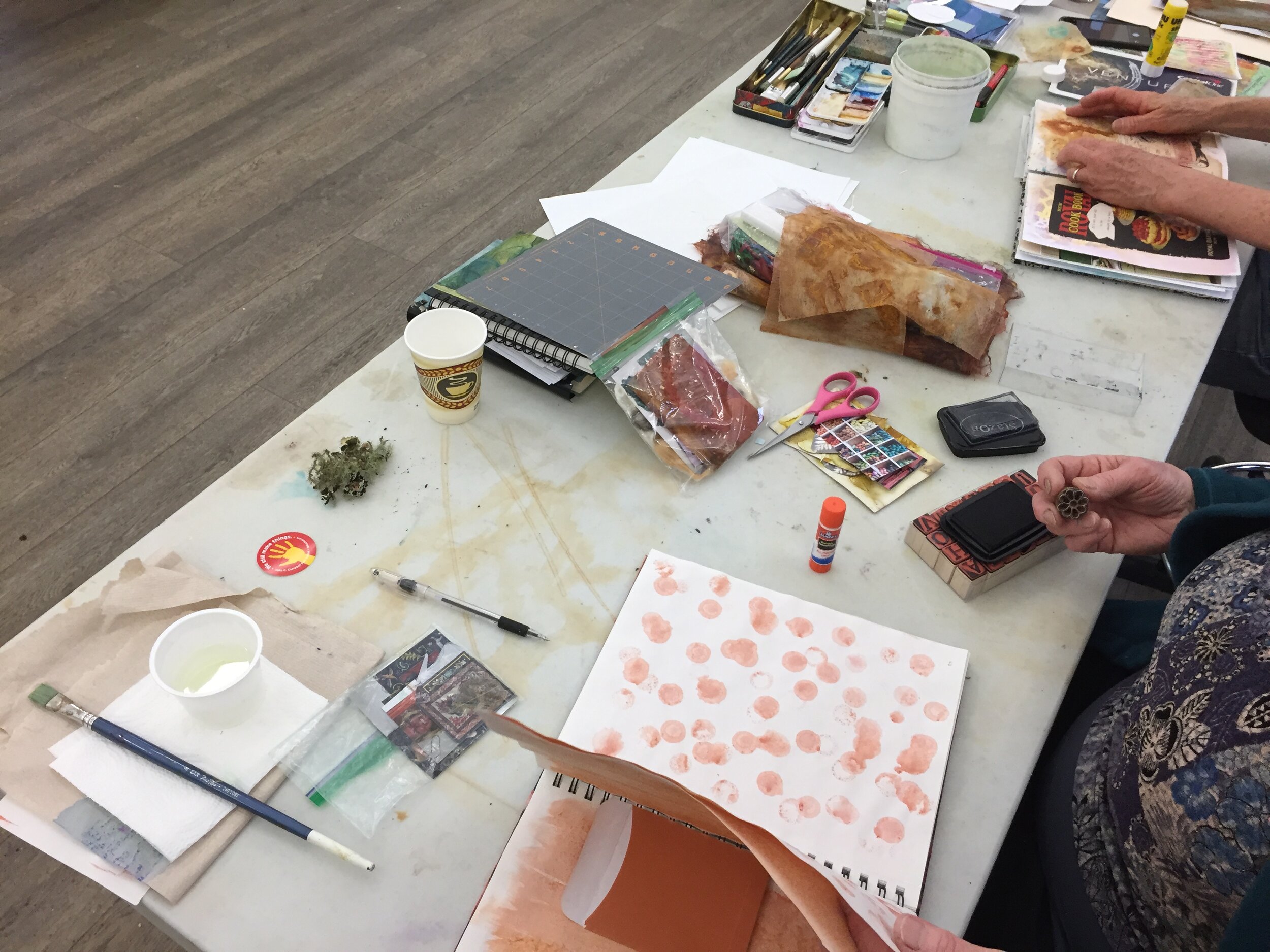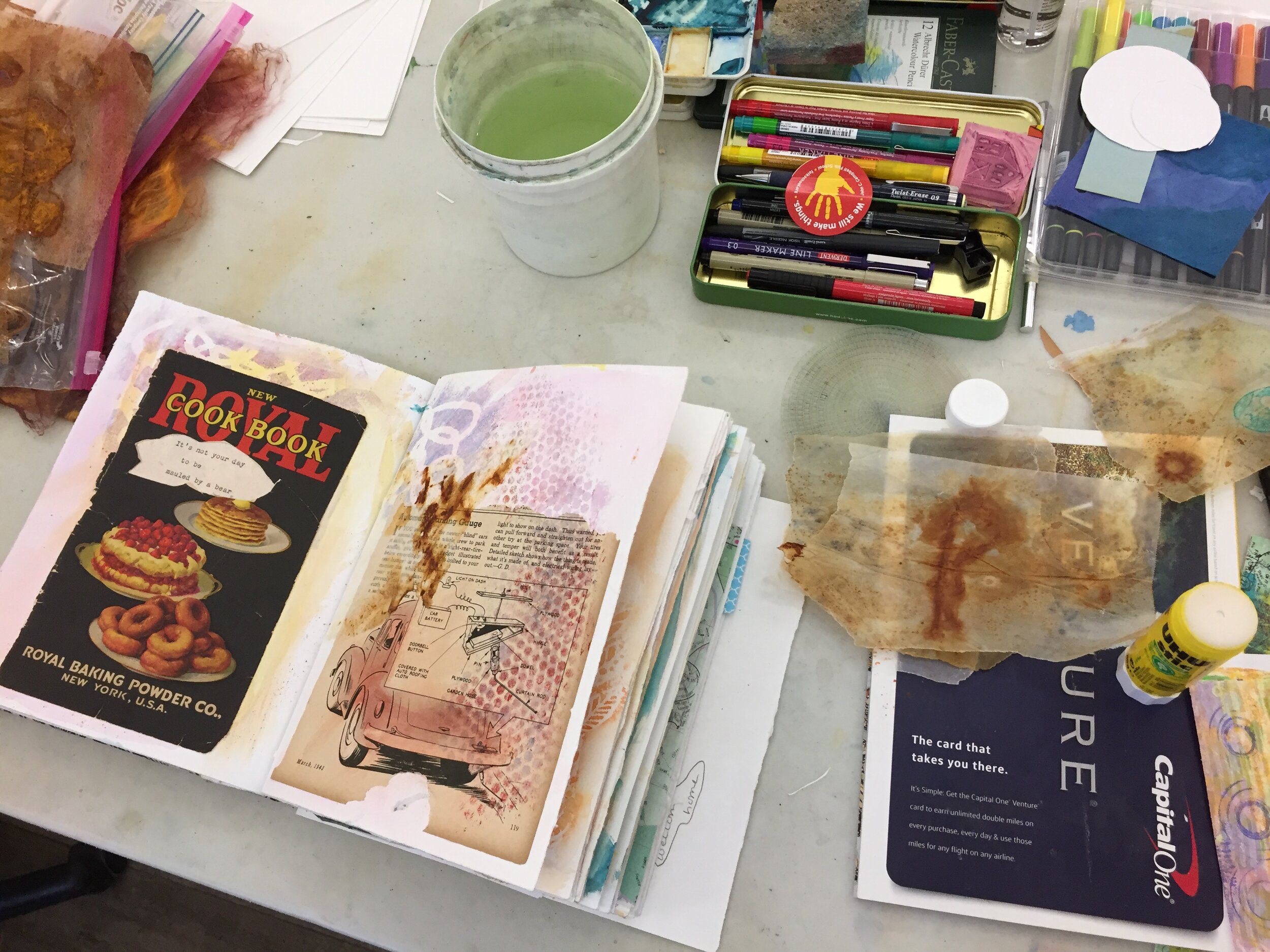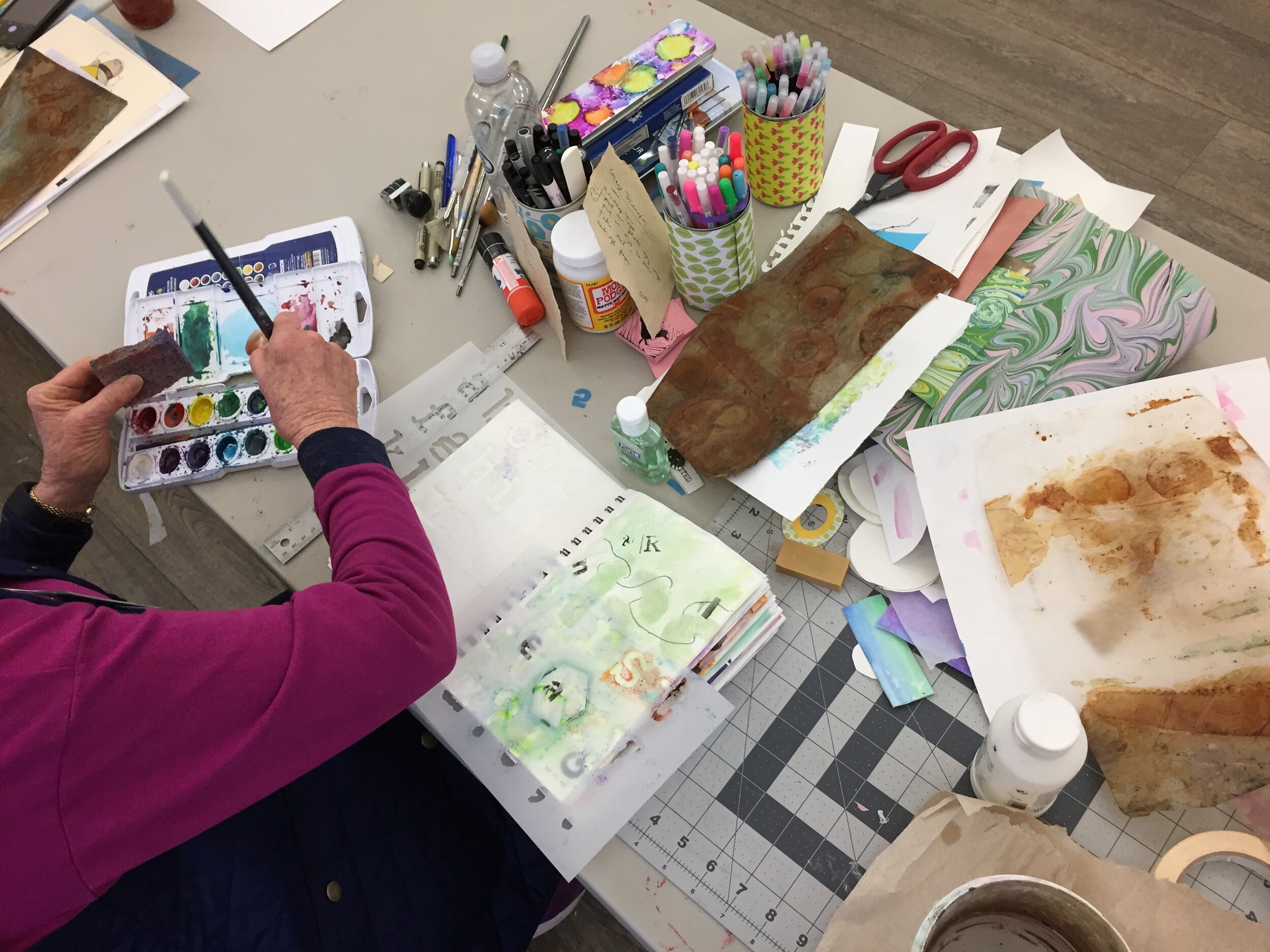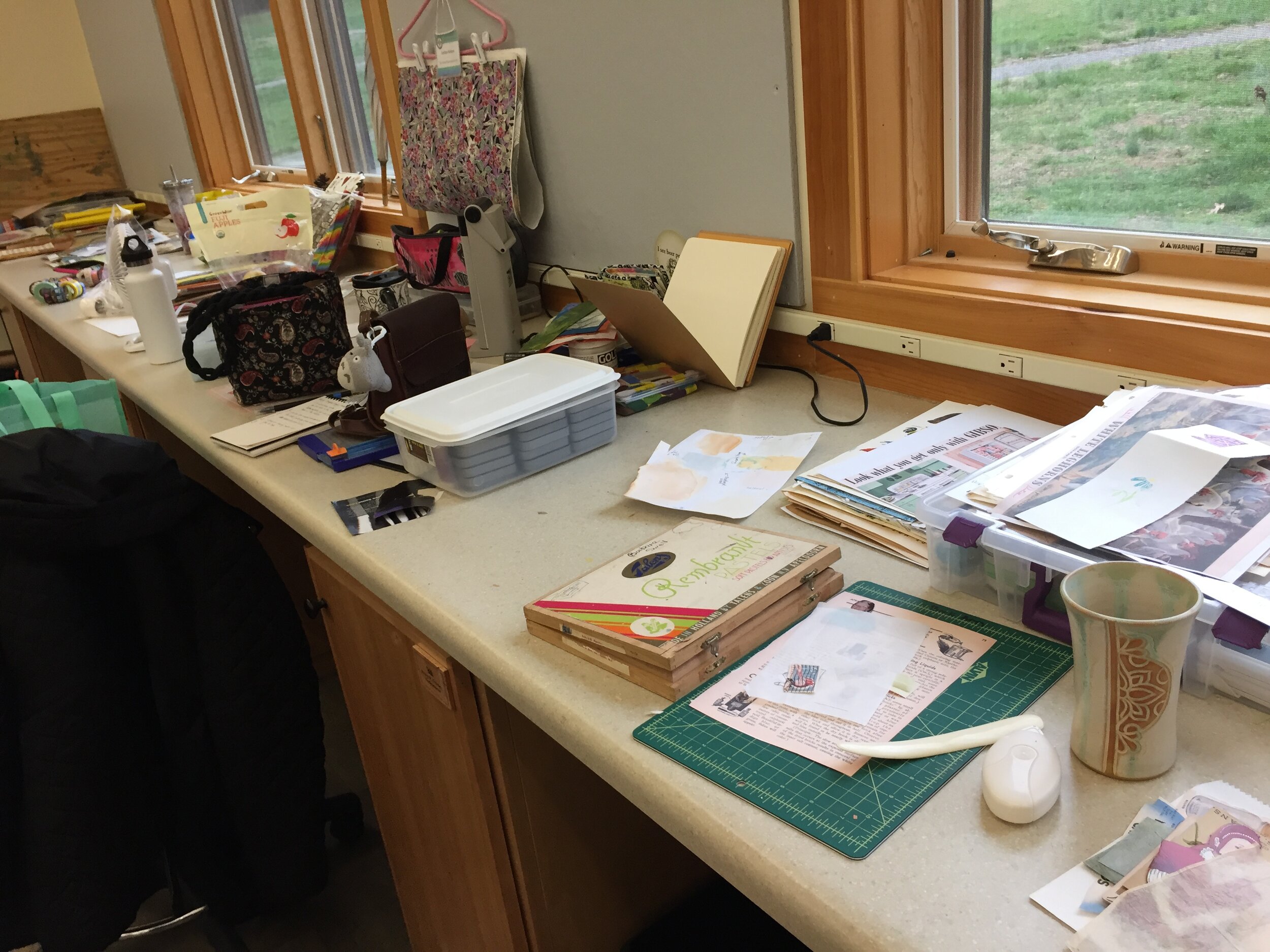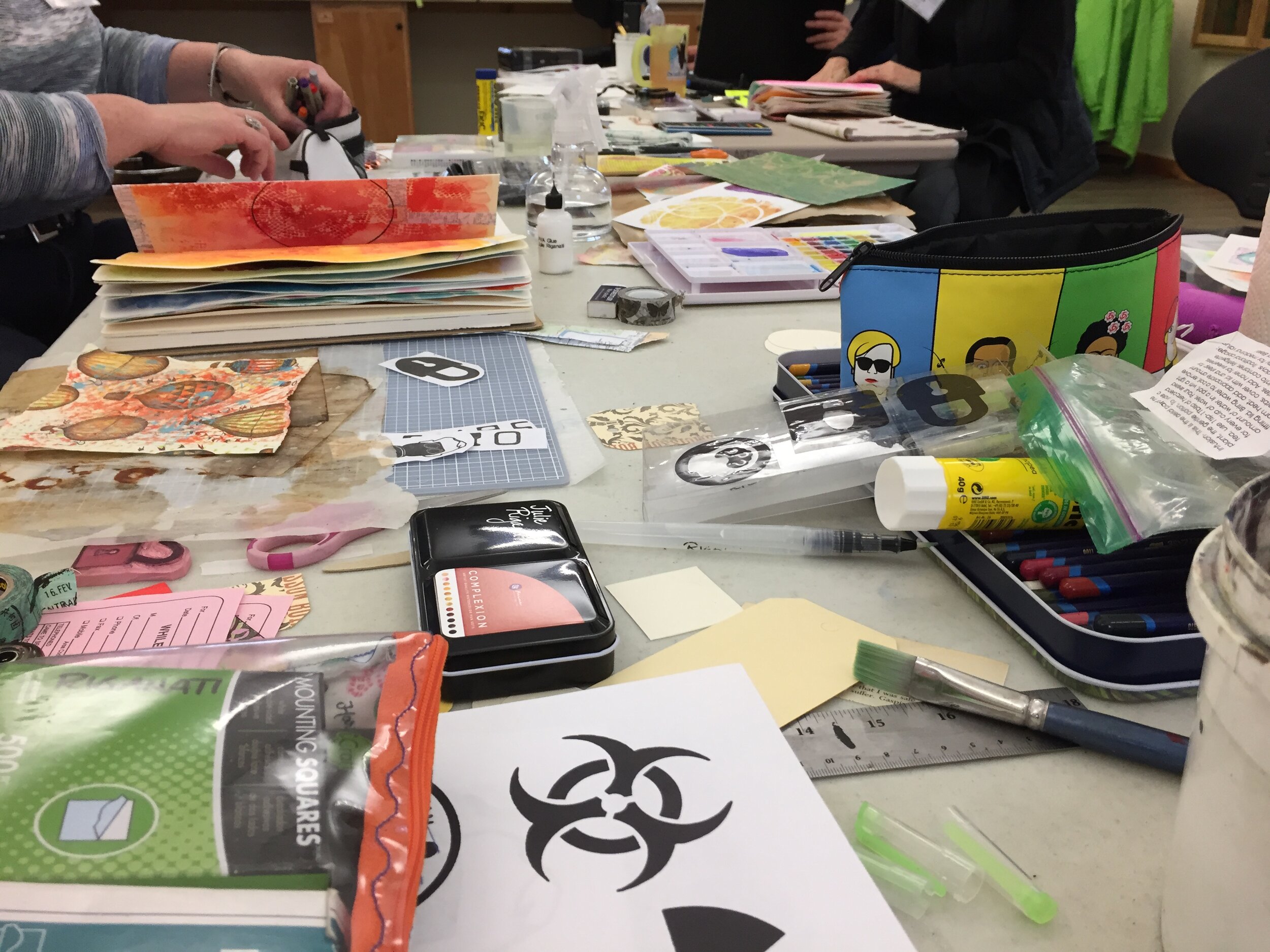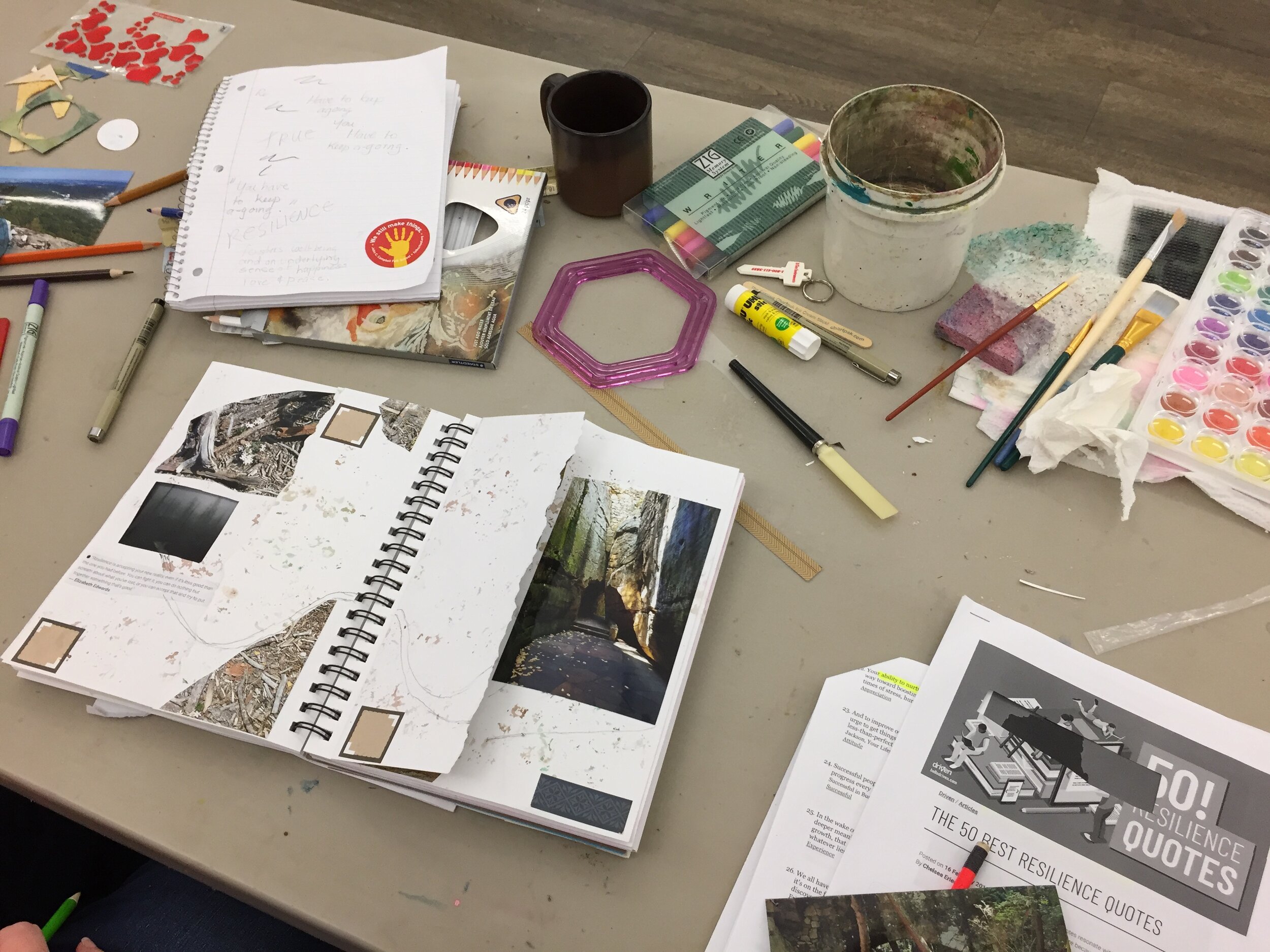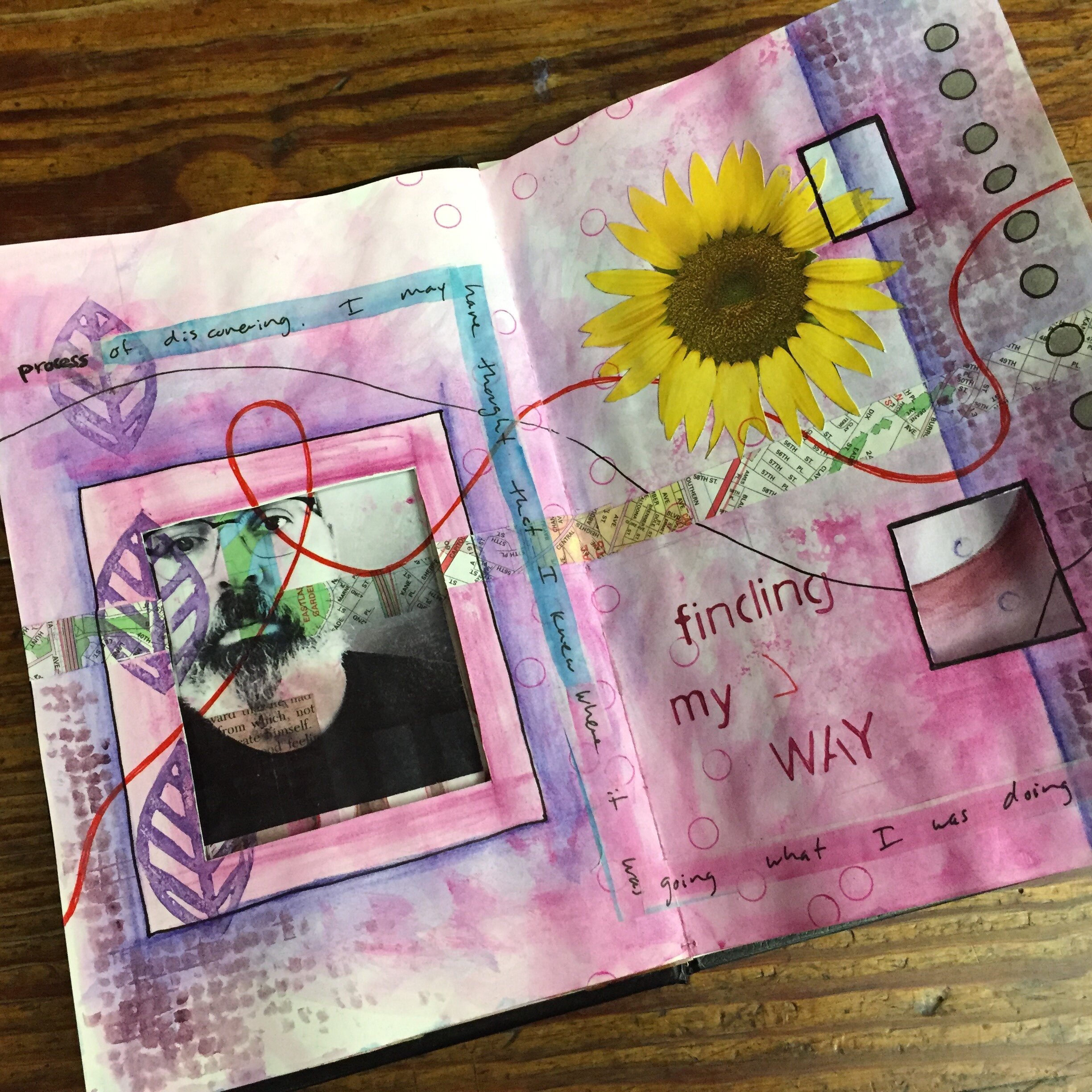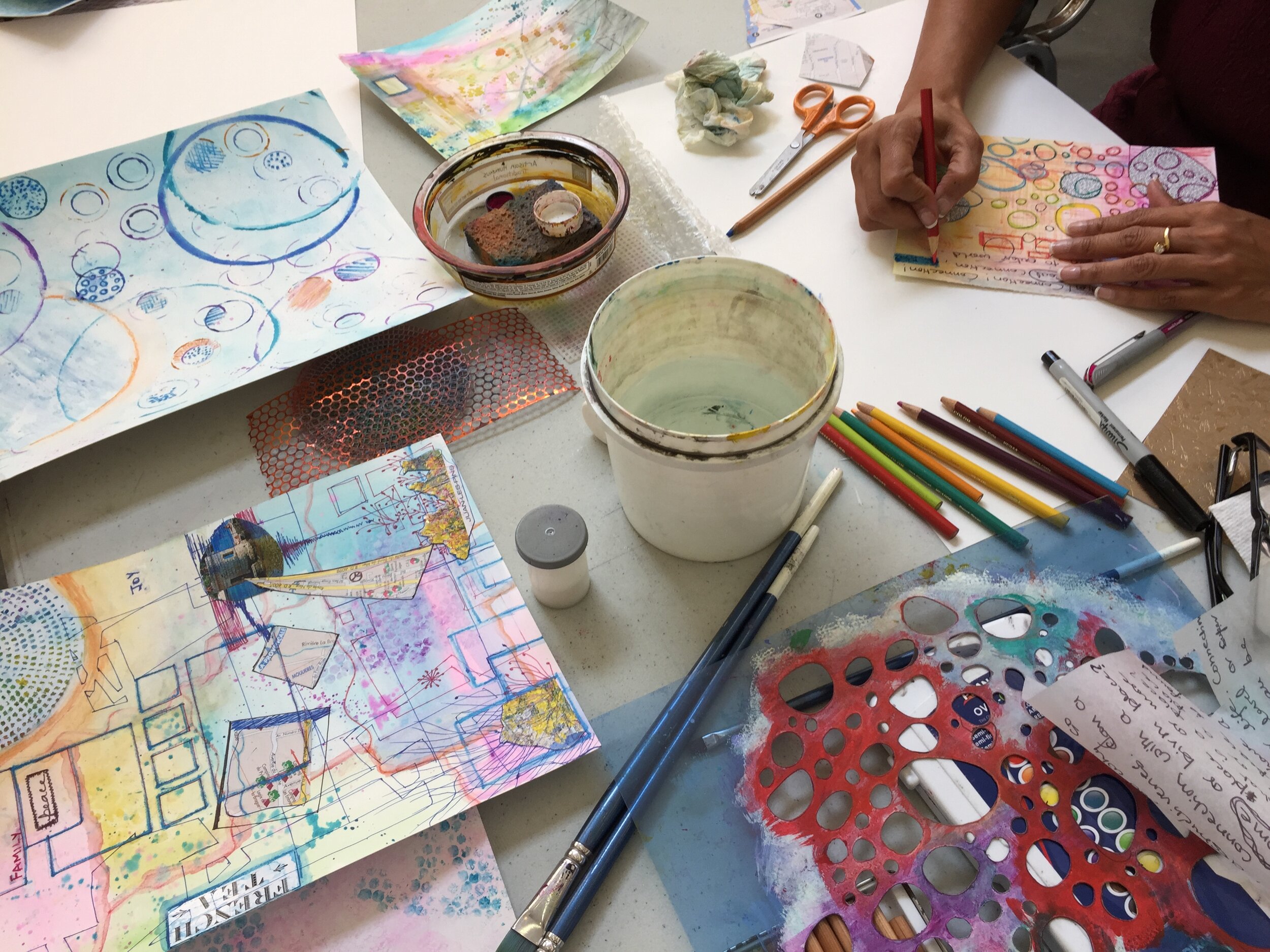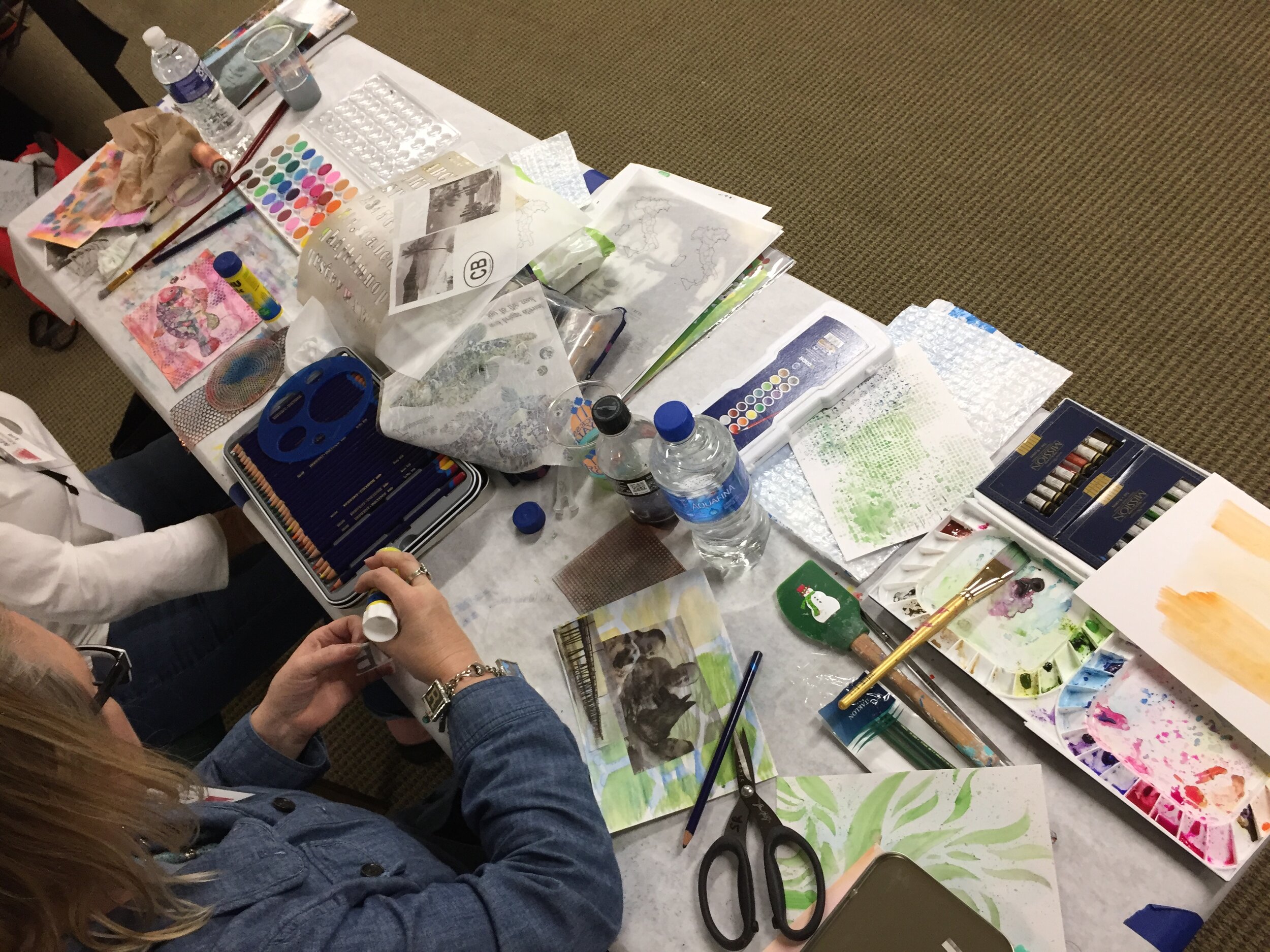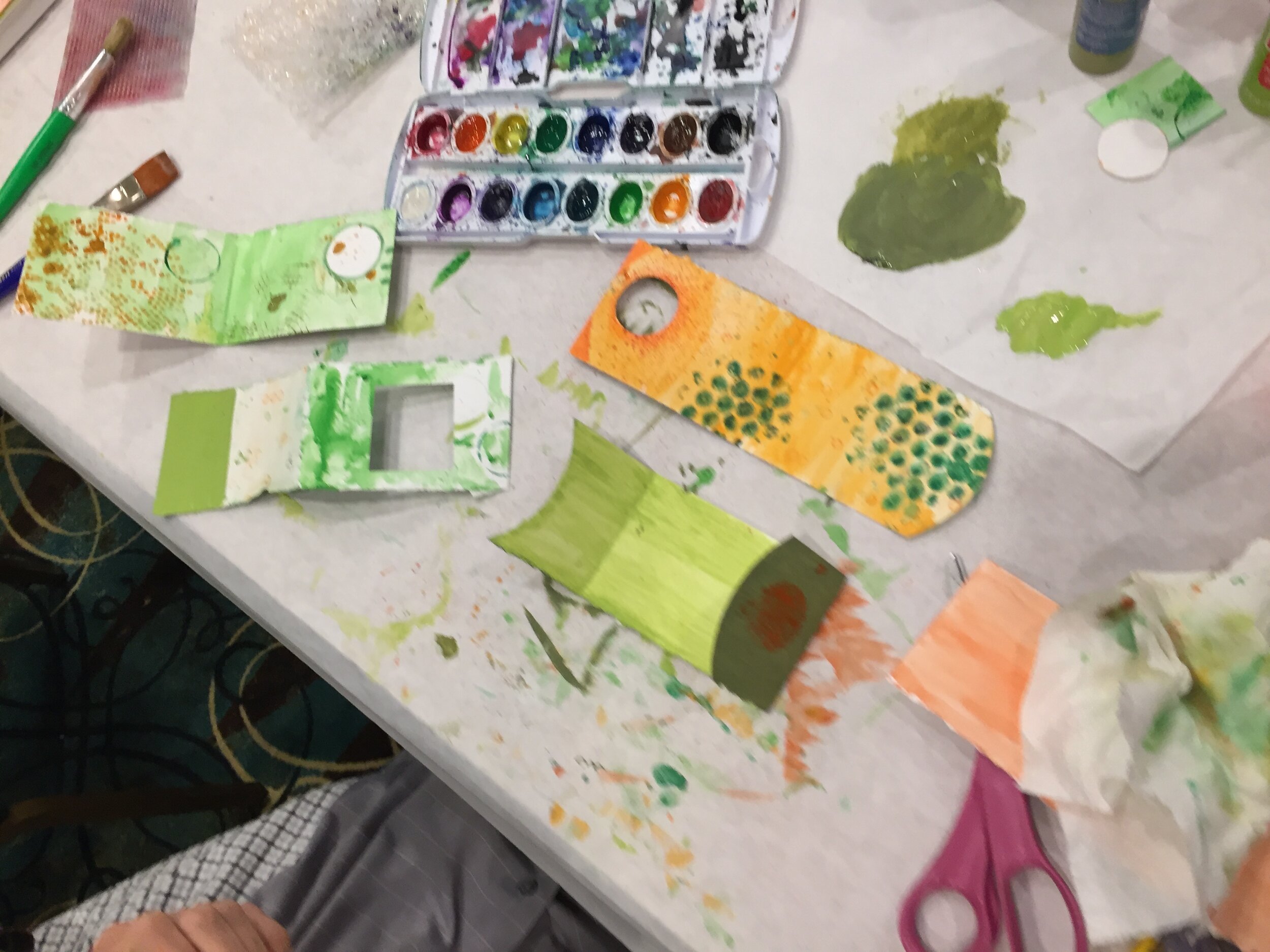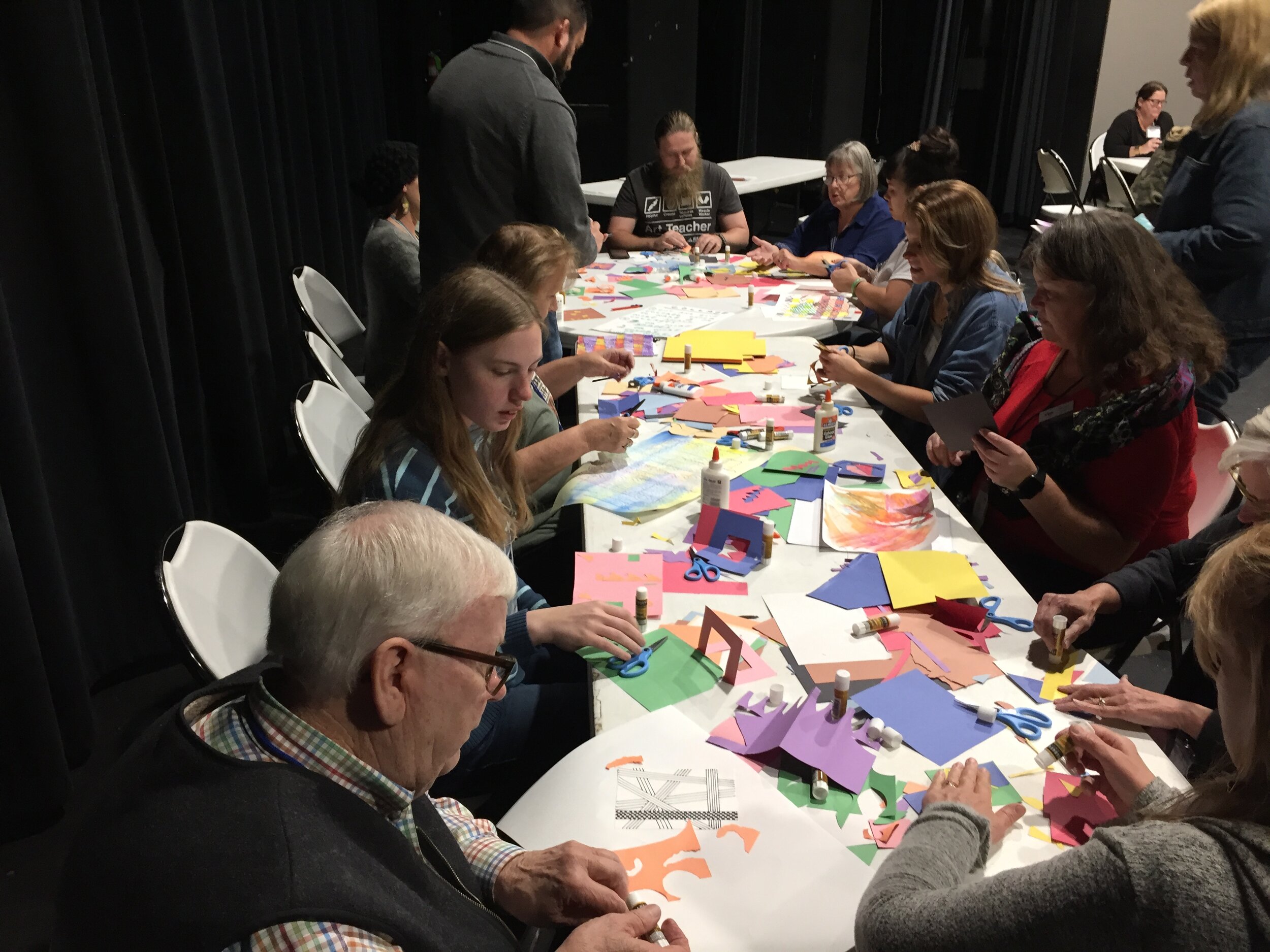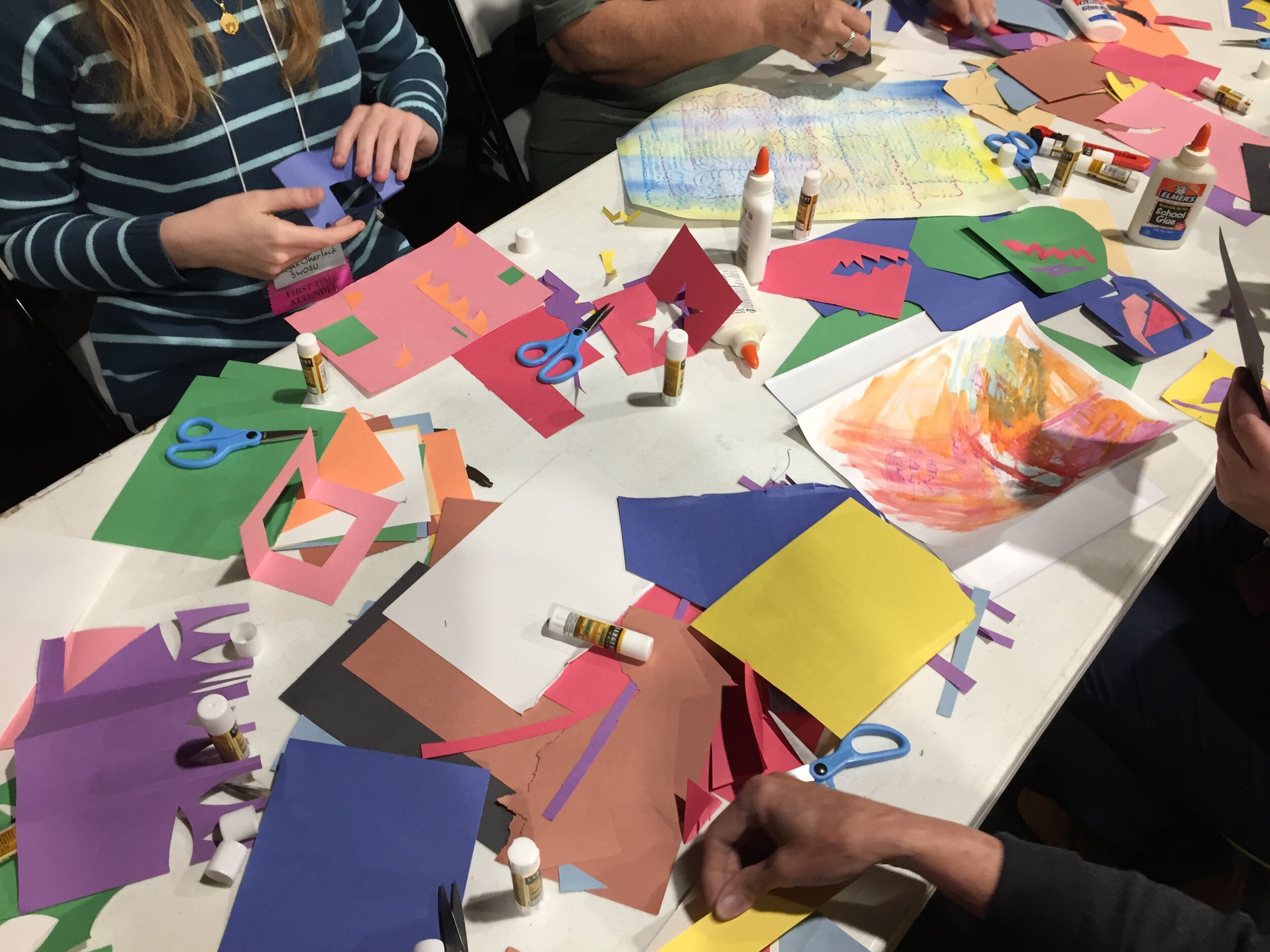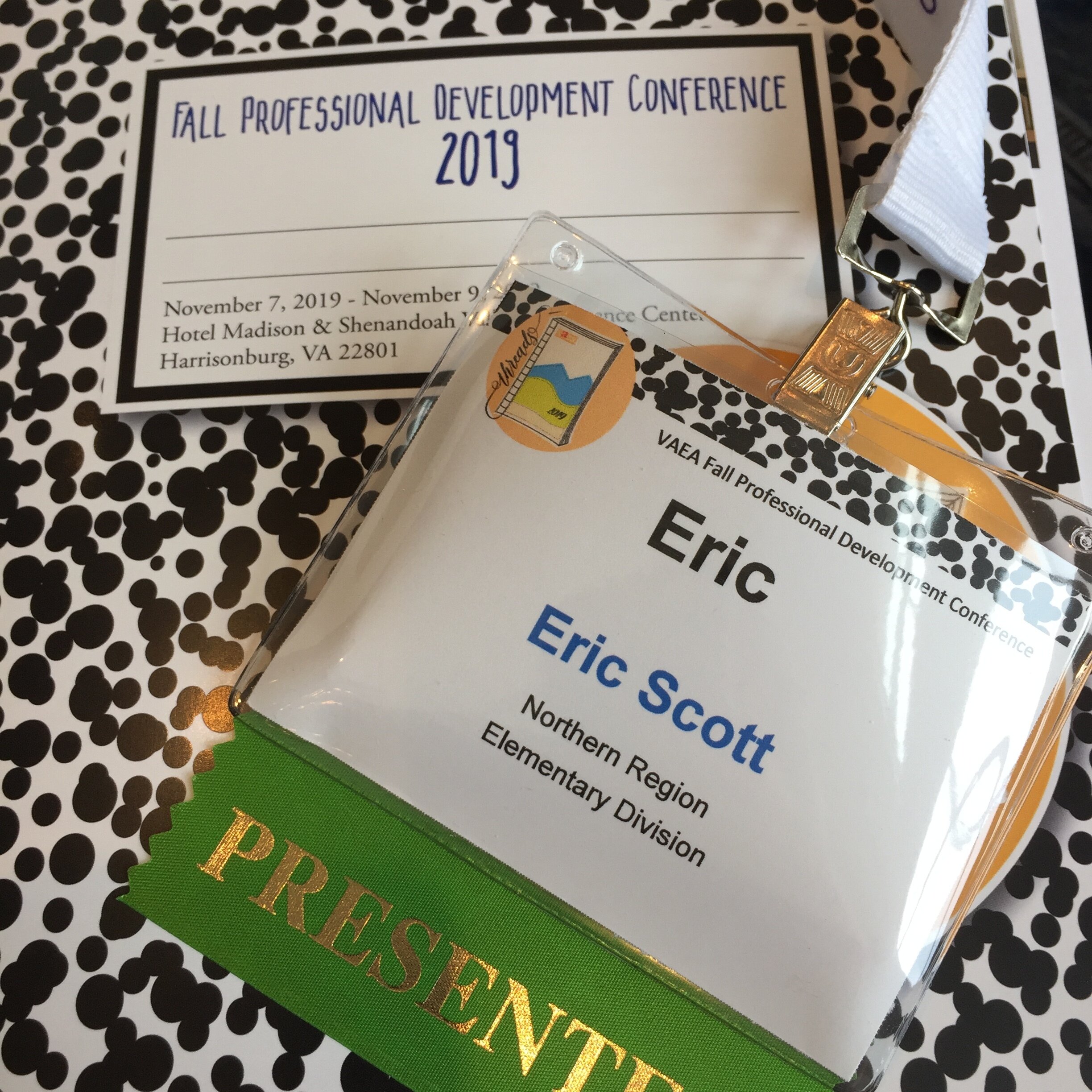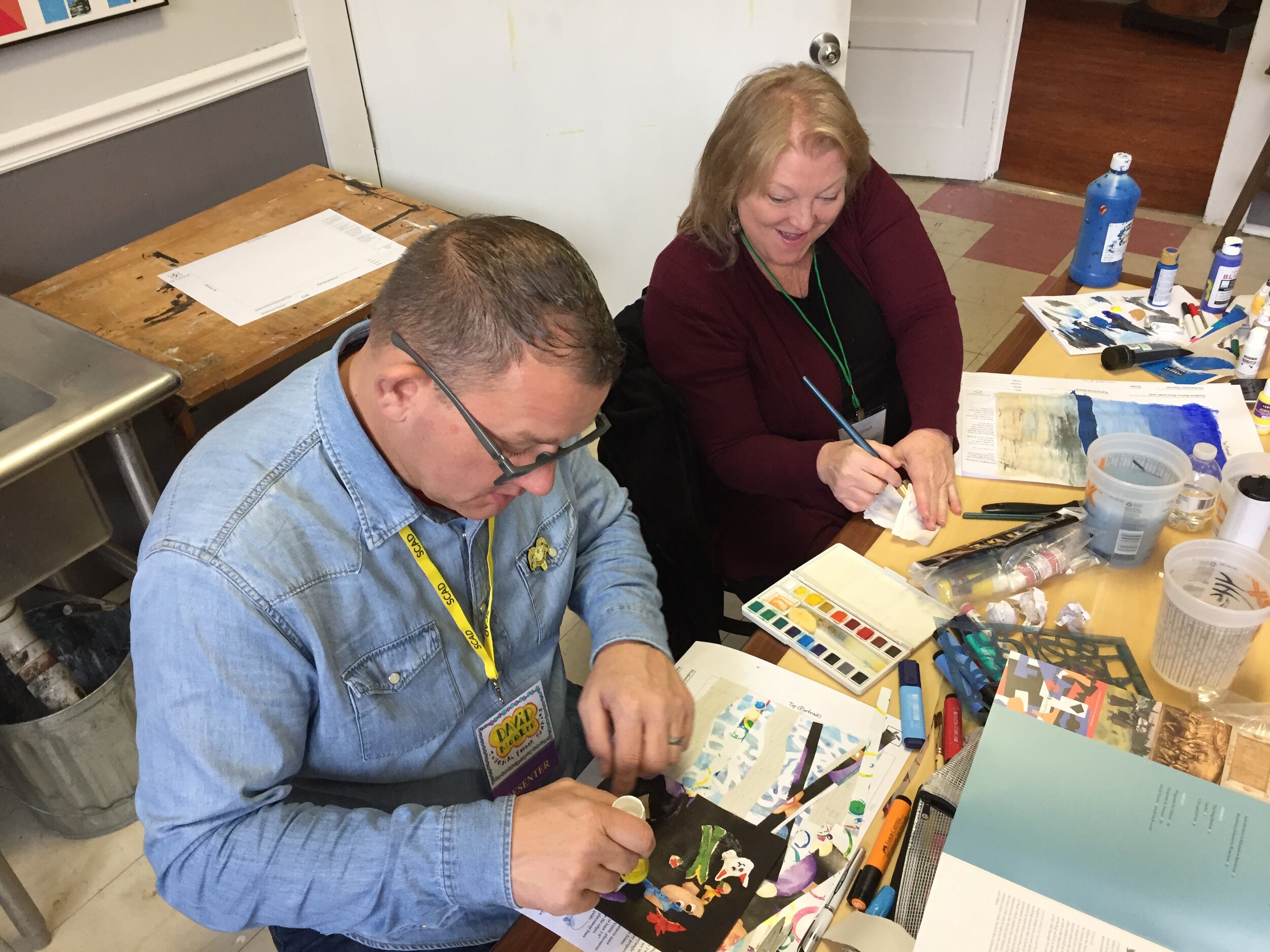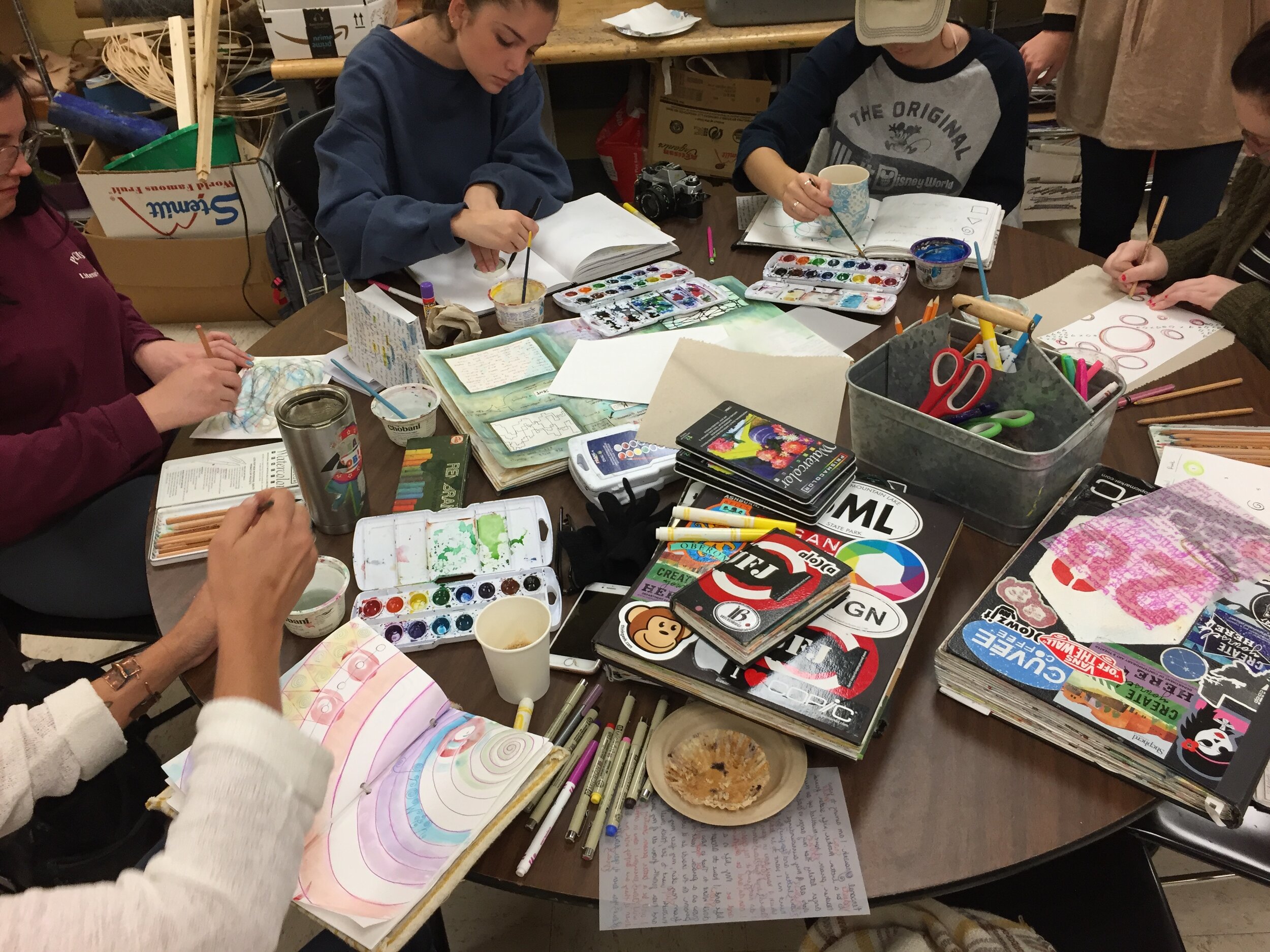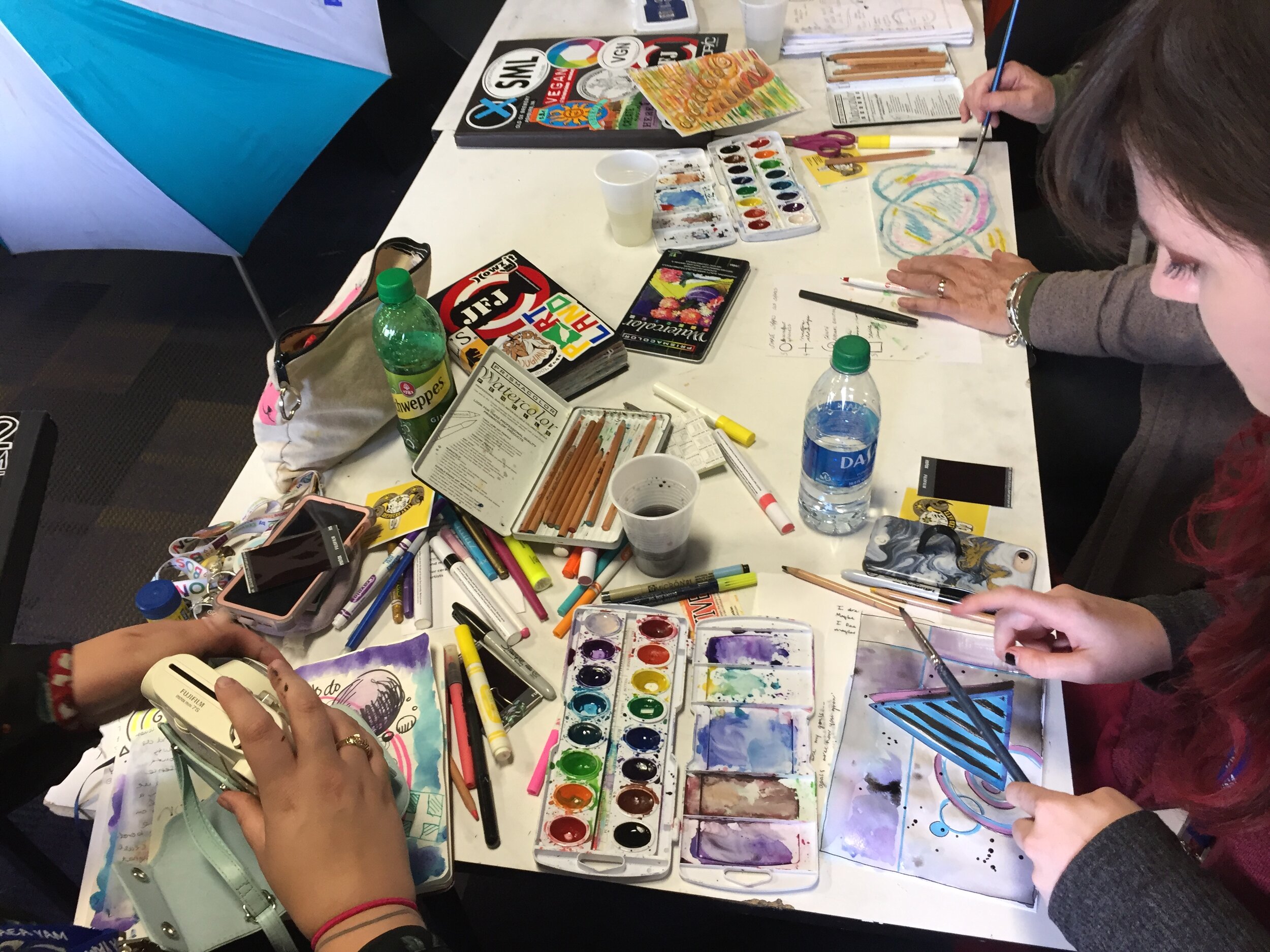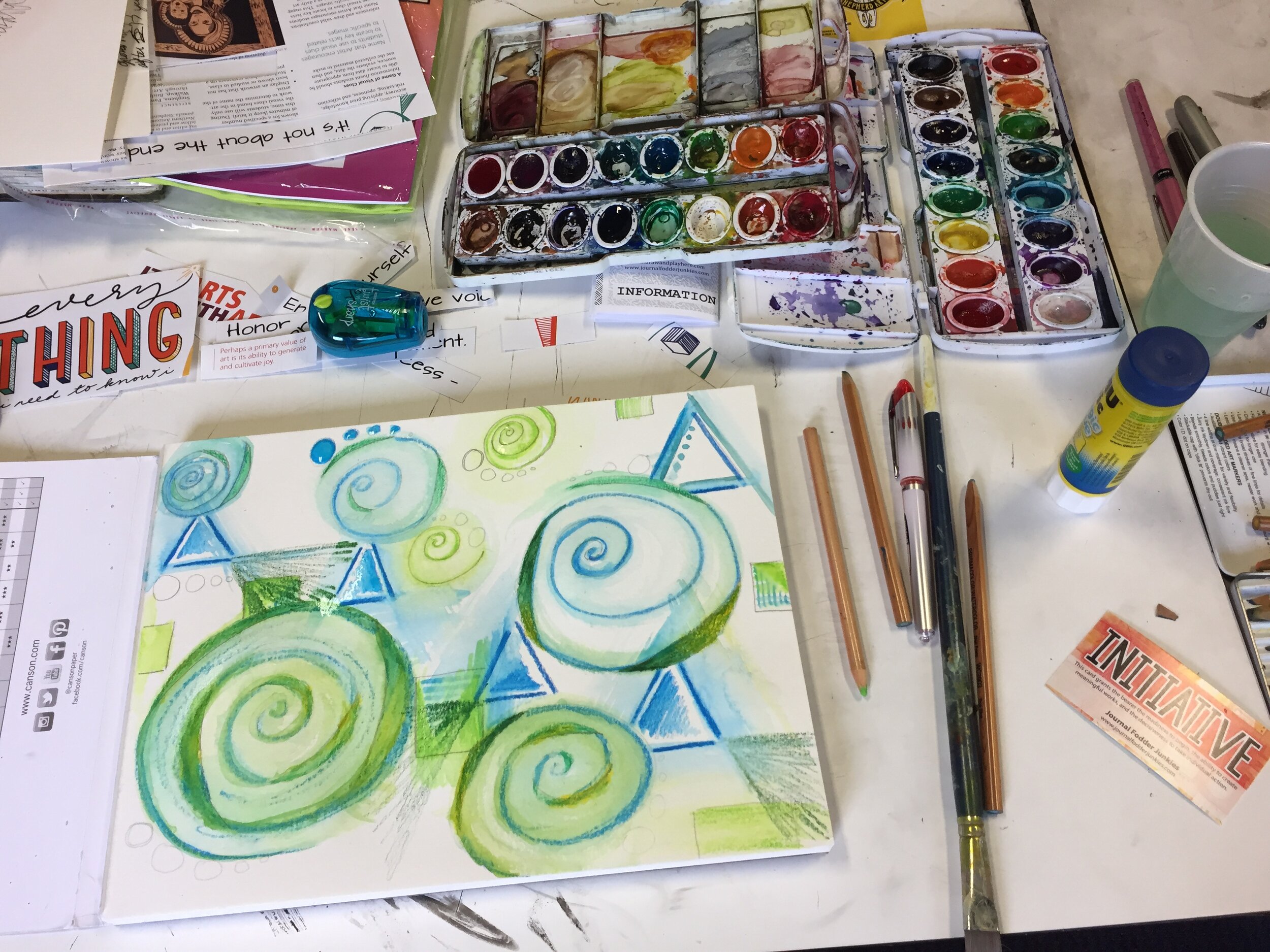As we’ve all been staying at home on lock down and quarantine, we need connection more than ever, and I believe that only by uplift each other will we make it through this COVID-19 crisis with our sanity. Ever since this began, one thought — one word has been popping into my mind with greater and greater frequency — amplify. It’s too easy to focus on all of the negativity, and it eats away at your heart. I’ve been thinking about how we need to come together and help amplify the positivity that others bring to the world, and I’ve been loving how artists, musicians, writers, and performers have been stepping up. And I want to do my small part.
I want to start highlighting, uplifting, and amplifying my fellow creative folks — some are good friends of mine, some are social media connections, some are just folks that I admire, and some are downright heroes of mine. I just want to share them with my little slice of the world.
I want to start off with artist and educator Steve Loya.
I have known Steve for nearly 30 years, and we met our freshmen year at Edinboro University of Pennsylvania in 1991. We were both art education majors, but we didn’t meet in an art class or an education class. We met through Steve’s roommate when I needed to borrow a word processor for an English class, and we’ve been friends ever since.
It has been a pleasure watching Steve’s journey these past 29 years, and I am continually blown away by his prodigious output and his willingness to explore and experiment with new materials and new styles.
Steve has always been a lover of nature whether it was wondering the woods around his house where he grew up just north of Pittsburgh, PA or hiking the Appalachian Trail near his one now in Northern Virginia. Steve has explored that love of nature in his sketchbooks with countless drawings and sketches of trees, animals, and plants, and also in more resolved work like his Endangered Kingdom and Trees I’ve Known series. With his Endangered Kingdom series Steve researched a wide variety of endangered animals and created an ink drawing of each animal on a watercolor background giving each animal a crown with unique details. As the title suggests, his Trees I’ve Known features a wide variety of trees that Steve has drawn in person.
Besides nature, Steve uses his imagination as a source of inspiration and is known for creations he calls Splotch Monsters. His process is simple. He typically creates a splotch from watercolor or ink, allows it to dry completely, and then draws in details with a variety of pens creating whimsical monsters. Sometimes he is more random with the splotches, and at other times, he is more controlled with the splotches. But there is always a good amount of chance and unpredictability with them.
Recently Steve has been exploring abstract painting using acrylic paint on canvas. In these paintings, he builds layers of paint allowing spontaneity and chance to have a vital role in the process. These paintings are very much inspired by Steve’s love of music, and have been influenced by the notion of chromesthesia, which is when a person sees sound as color. Though Steve doesn’t have chromasthesia himself, it provides a way of thinking about sound and music.
I admire Steve not just for all of the artwork that he puts out, but his ability to get his work seen. Over the years, he has had his work displayed all over in Virginia, Maryland, and DC whether it’s been part of group exhibits or solo shows, and it seems that he’s always got some show coming up.
It’s been so much fun being a witness to Steve’s journey. He’s such an inspiration! You can check out a recent podcast episode where I interview Steve here.
To see more of Steve and his creations make certain to check out his website, blogs, and social media!
Website: www.steveloya.com
Blog: www.goflyingtrtl.blogspot.com
Blog: www.asplotchmonsteraday.blogspot.com
Facebook: www.facebook.com/splotchmonsterisland
Instagram: www.instagram.com/sloya72
Instagram: www.instagram.com/splotchmonsterisland
